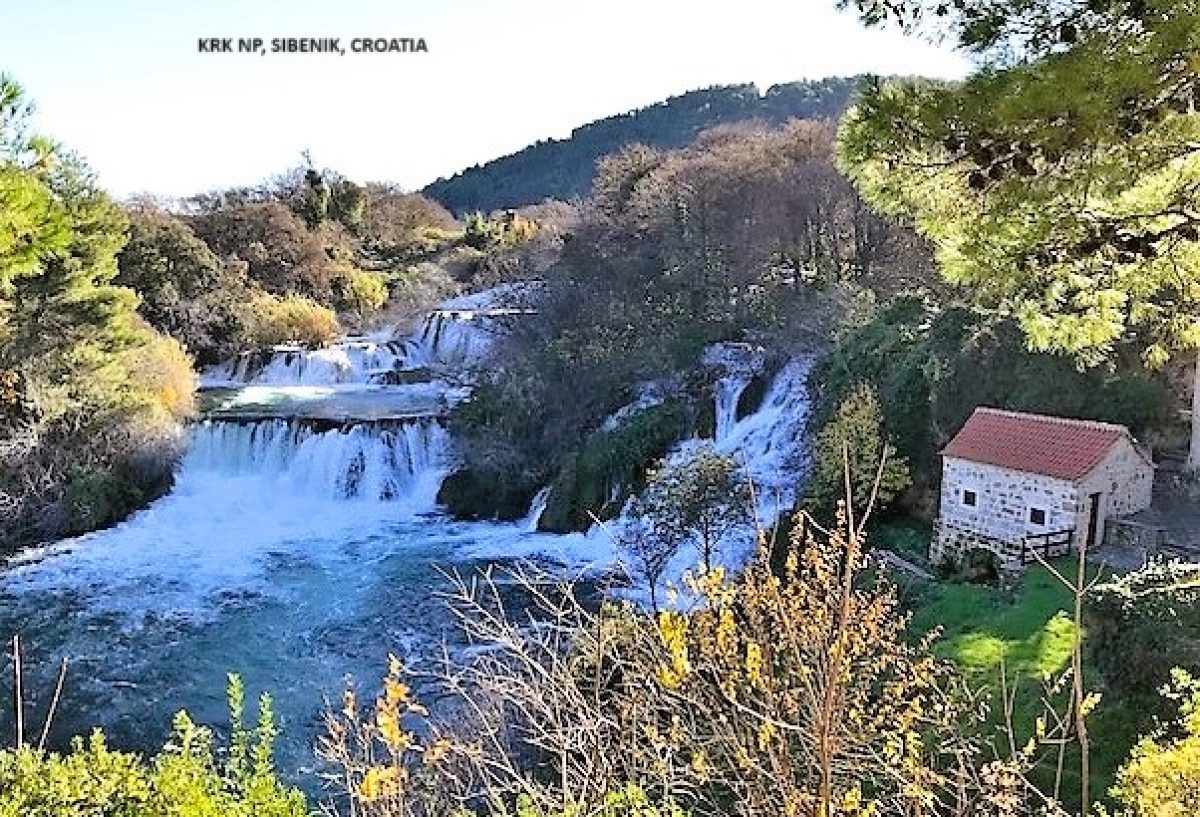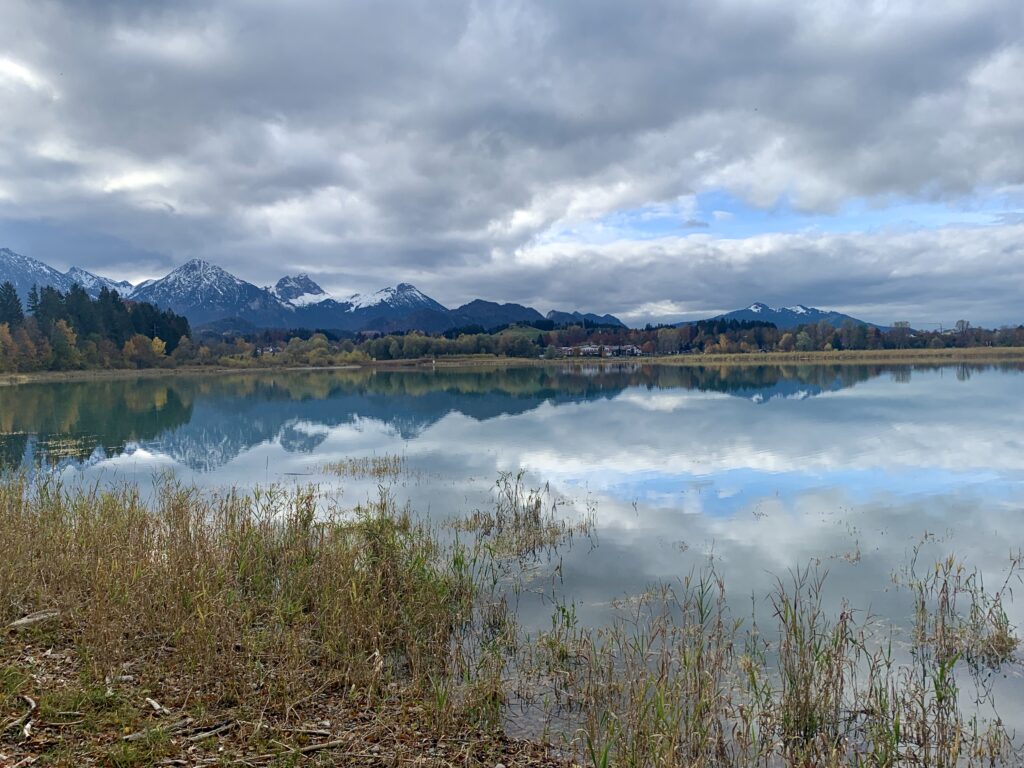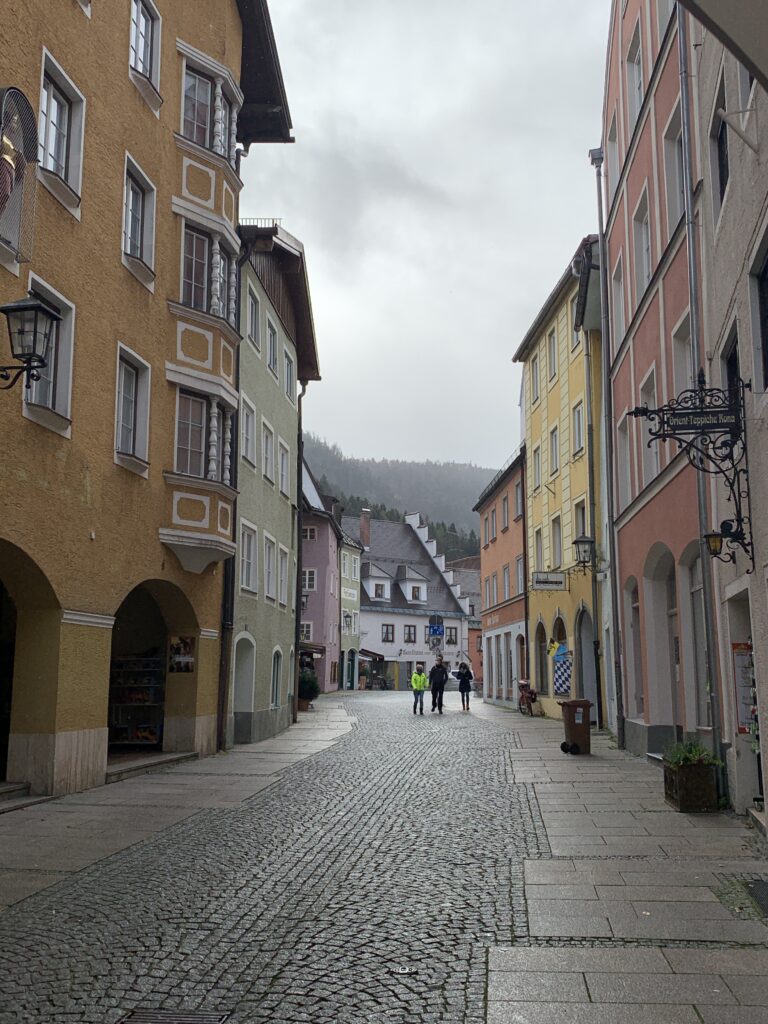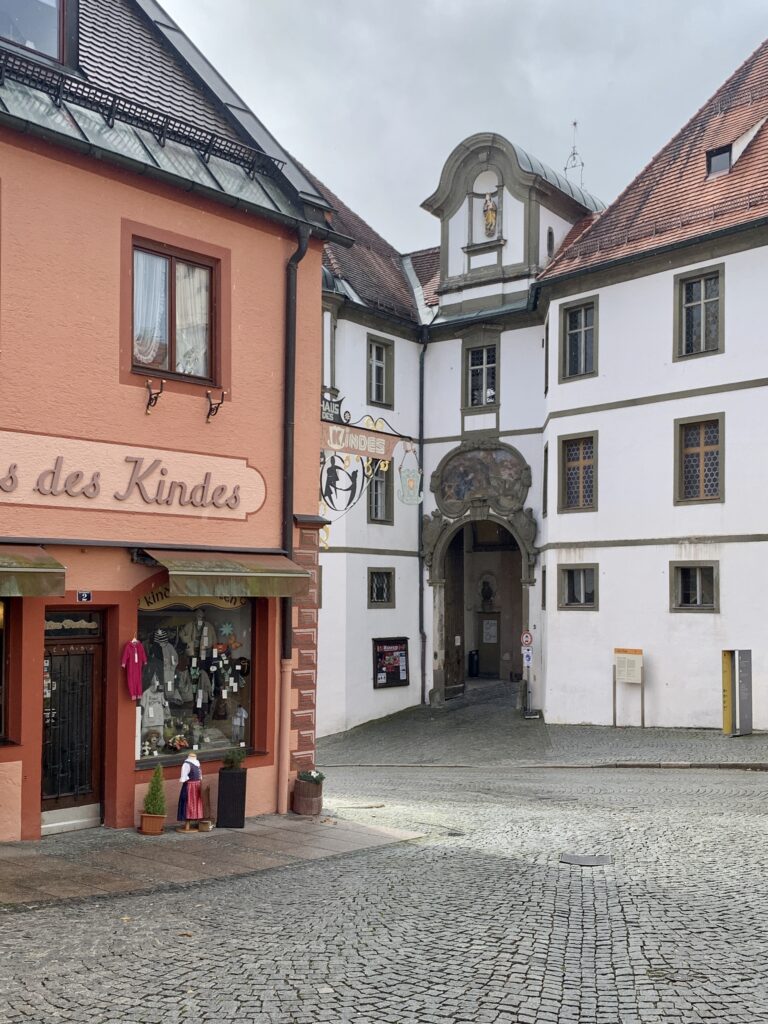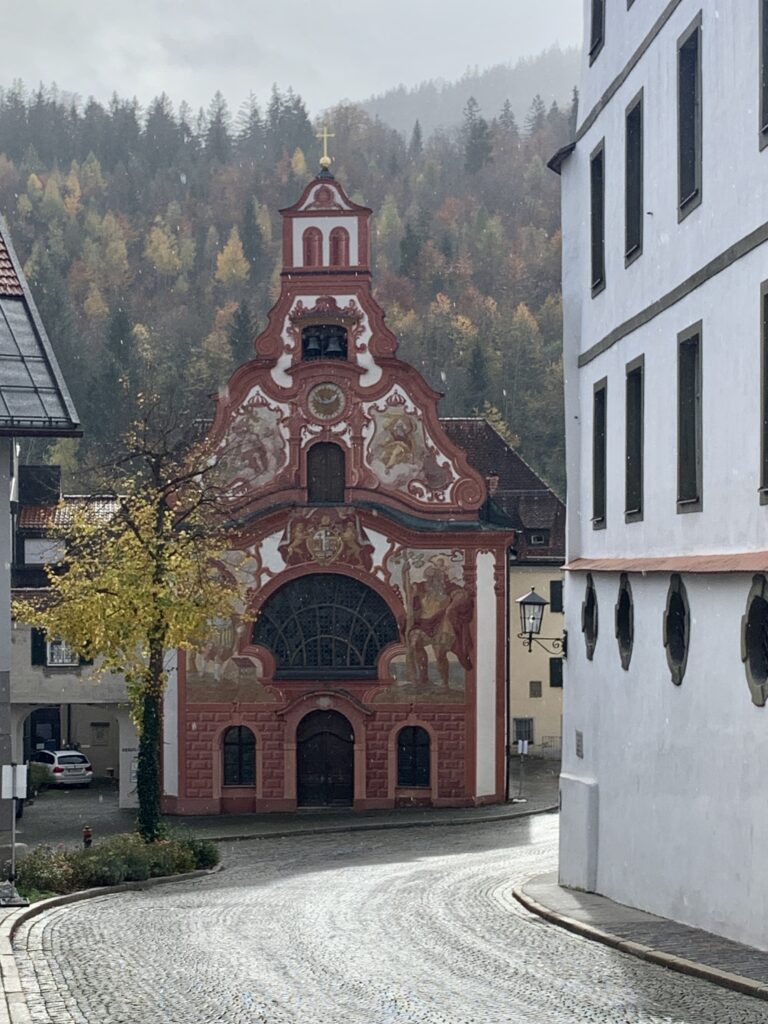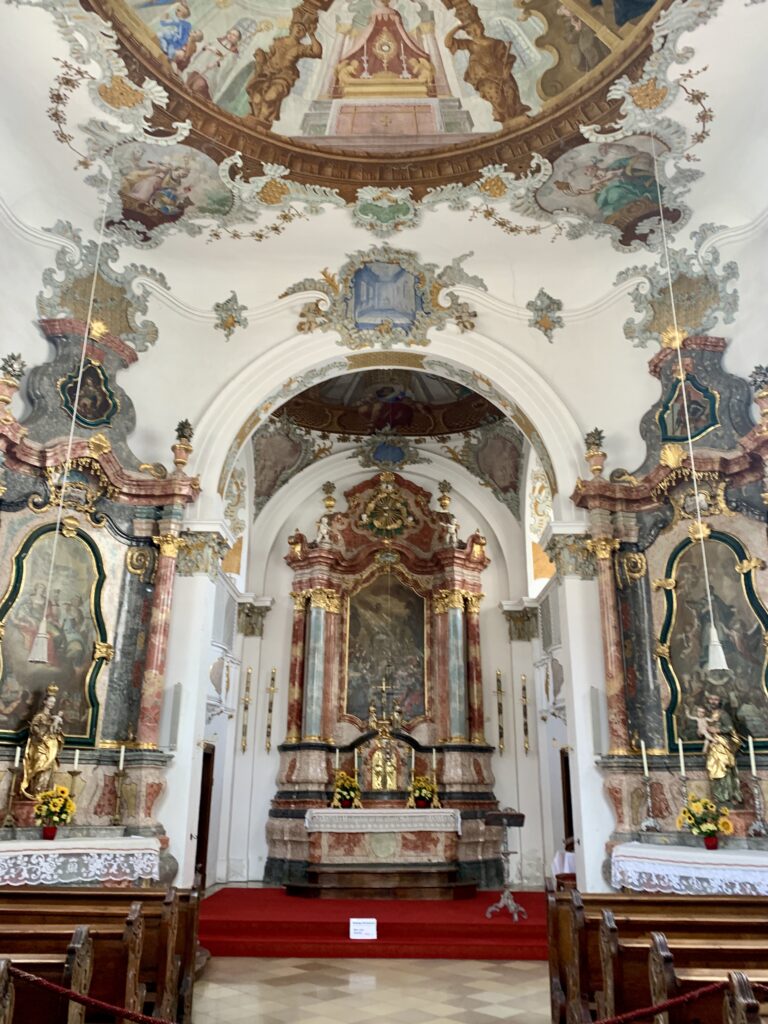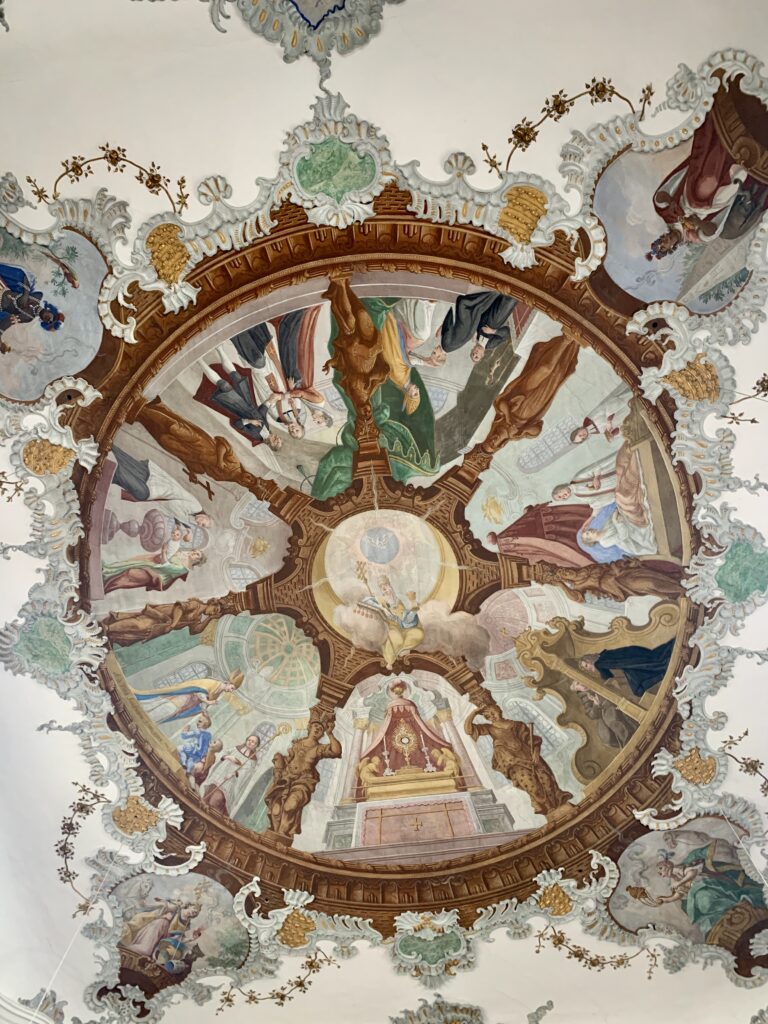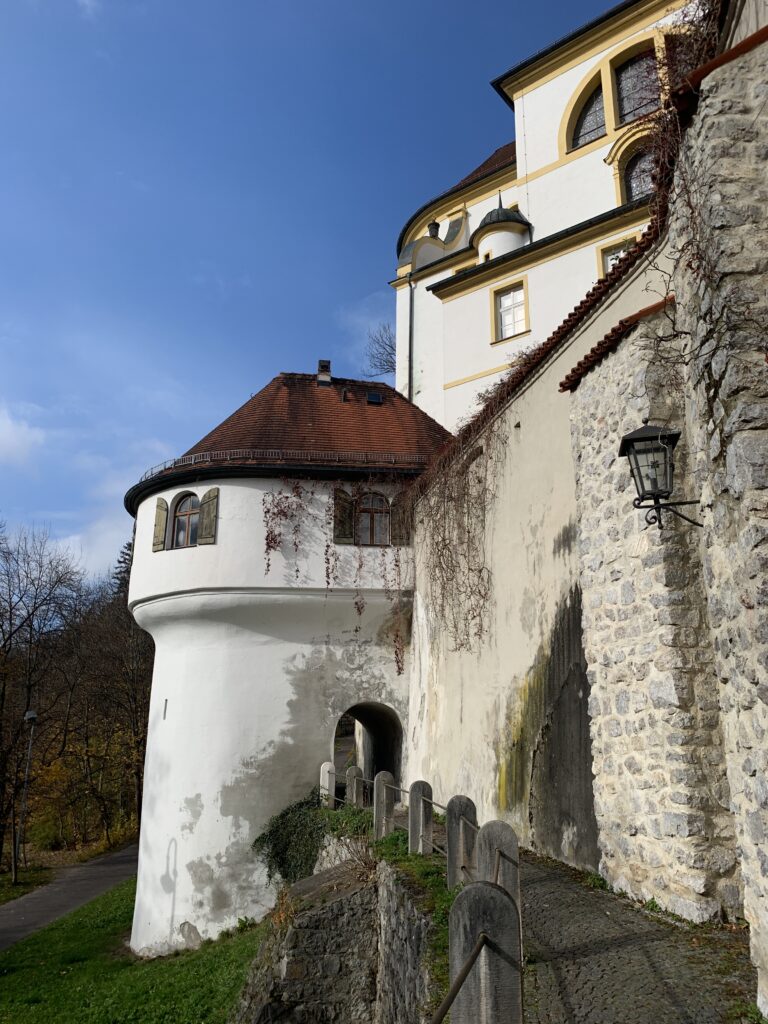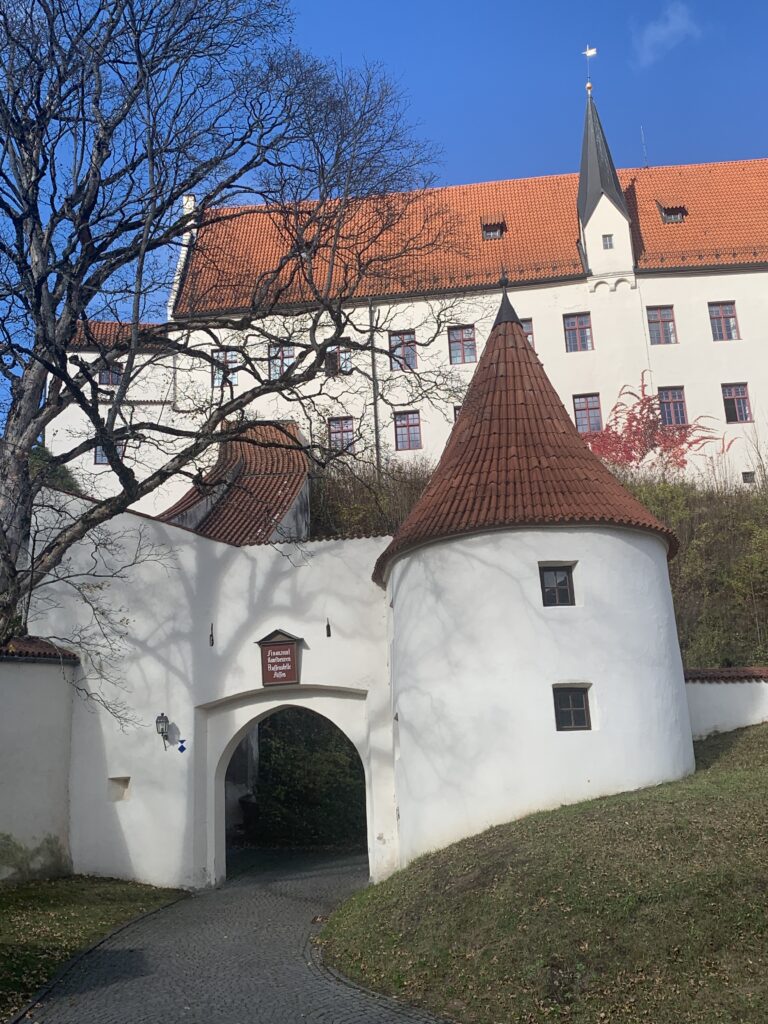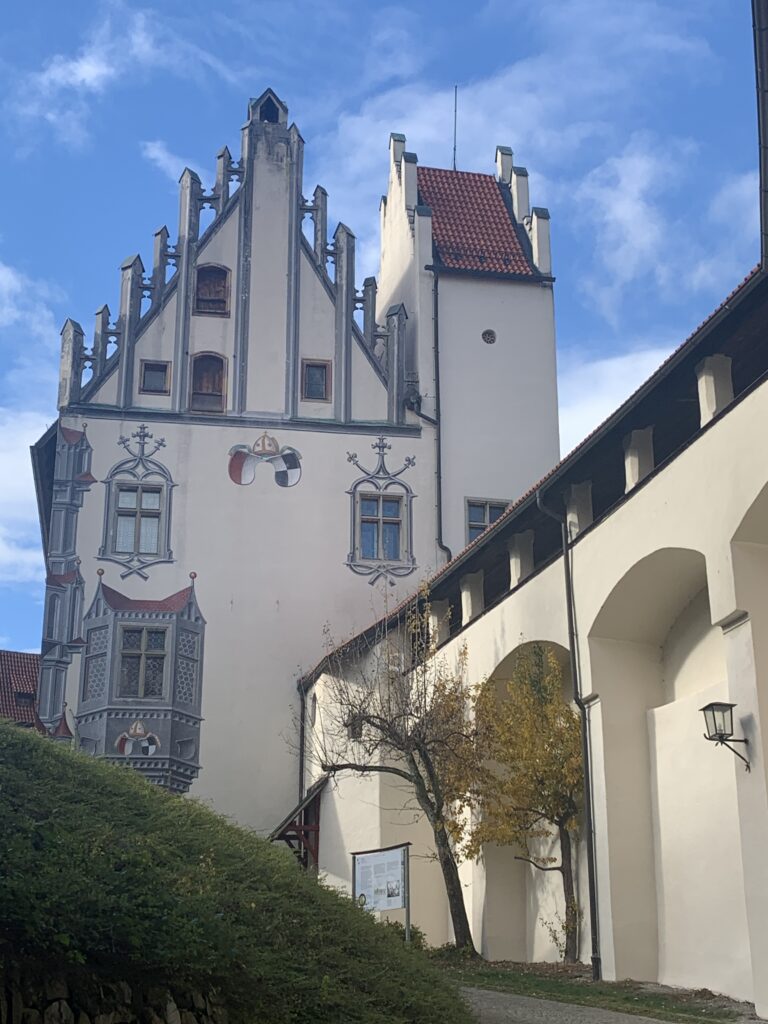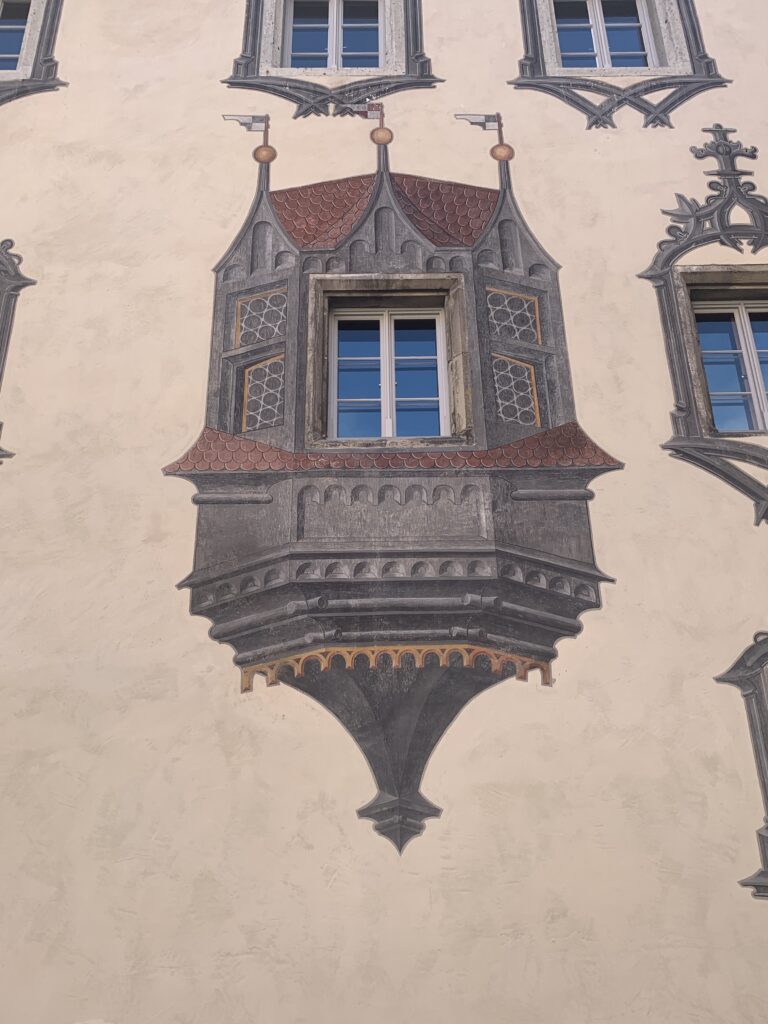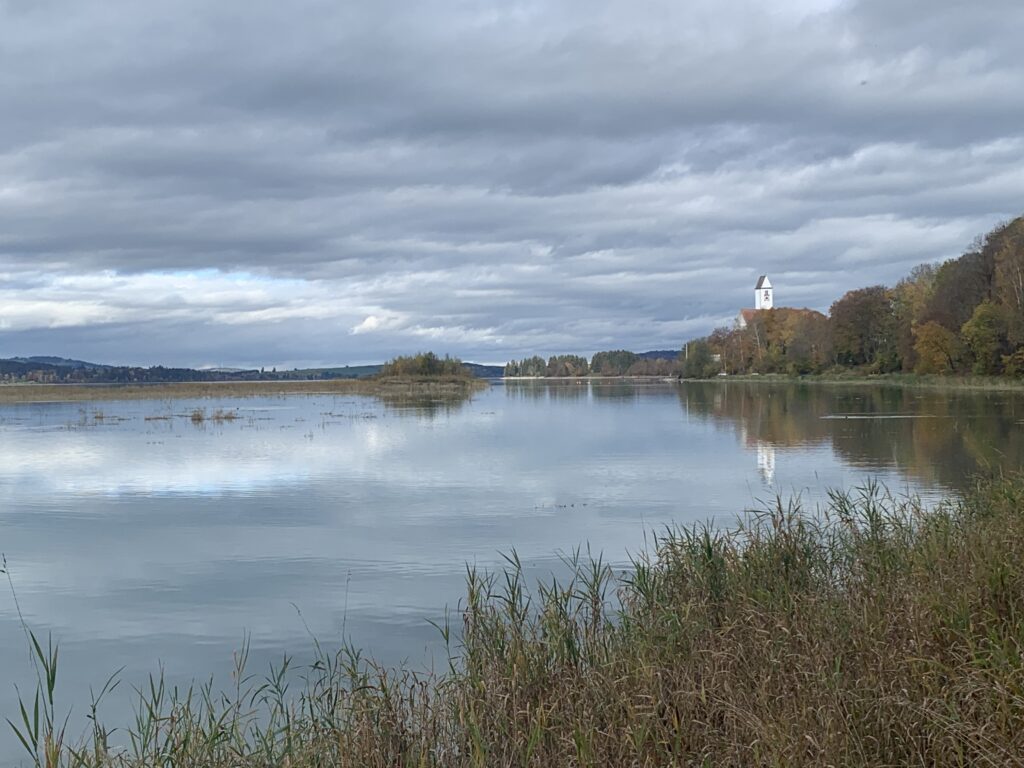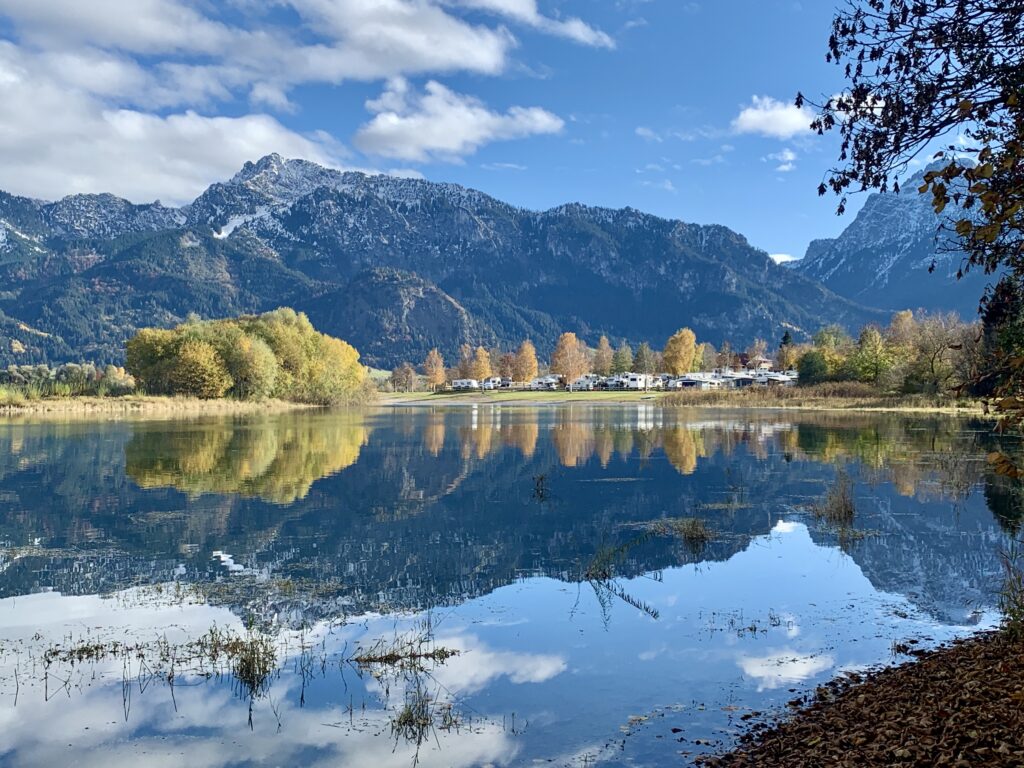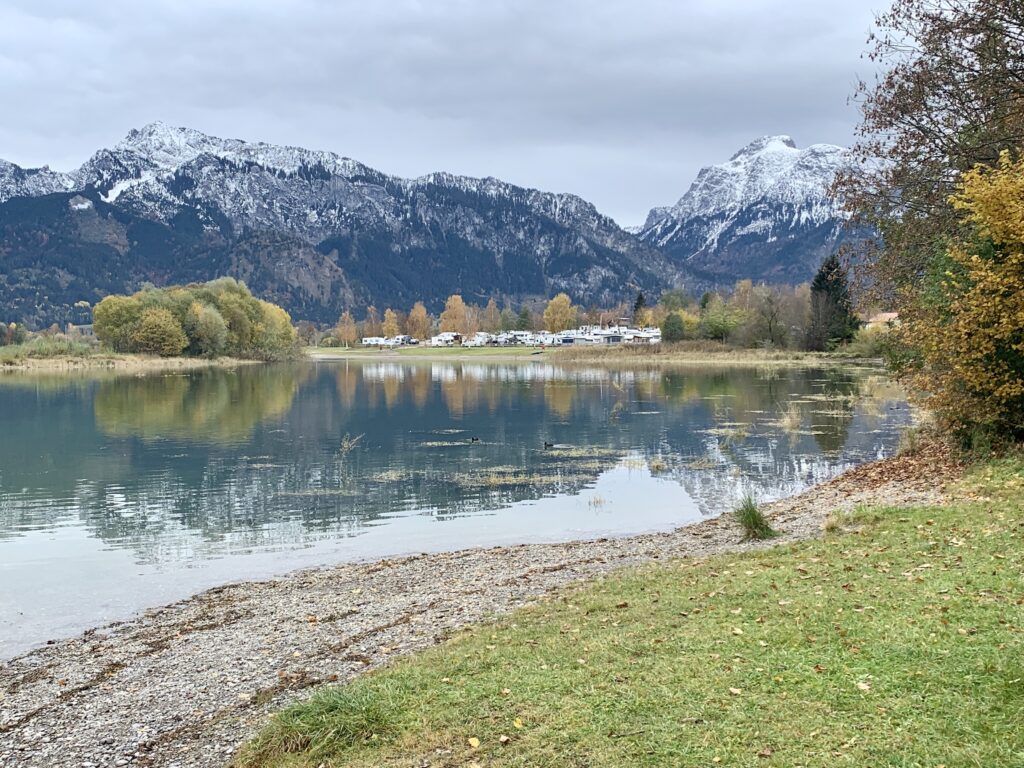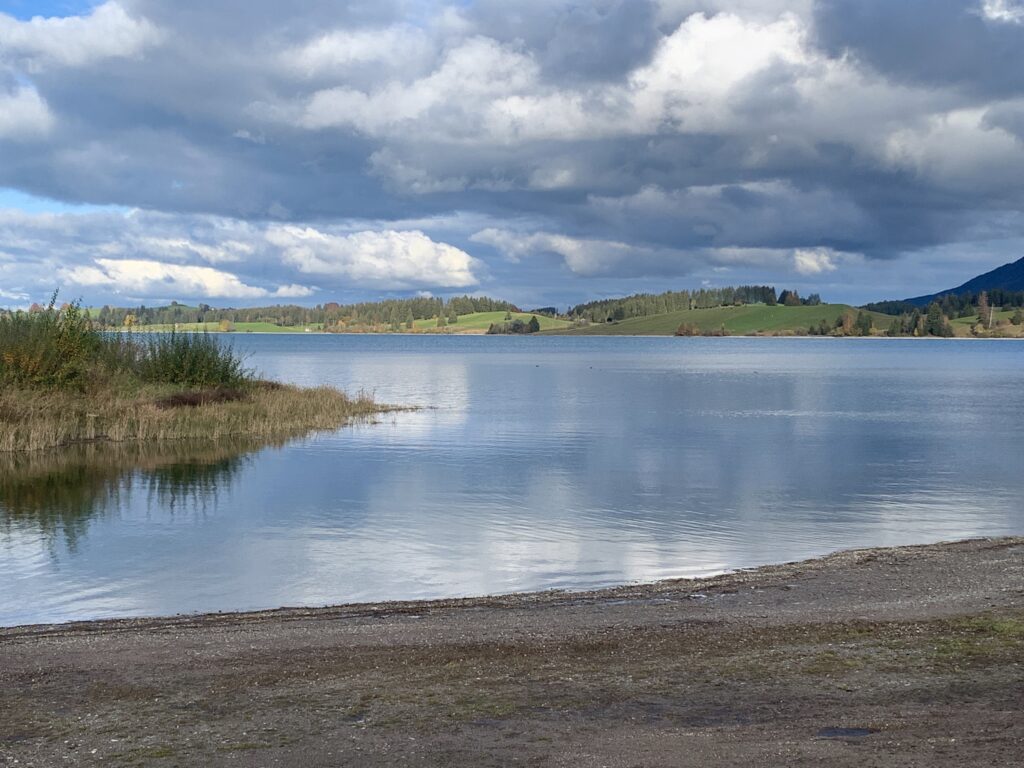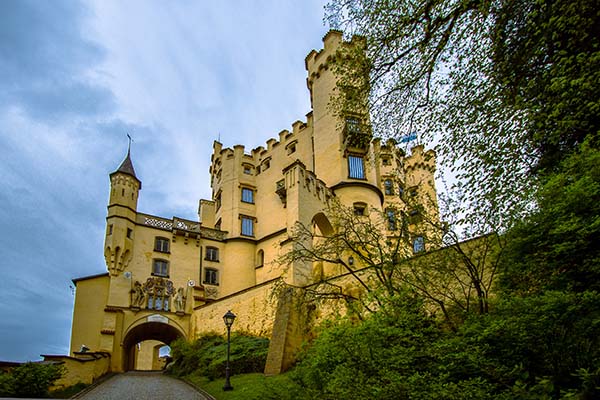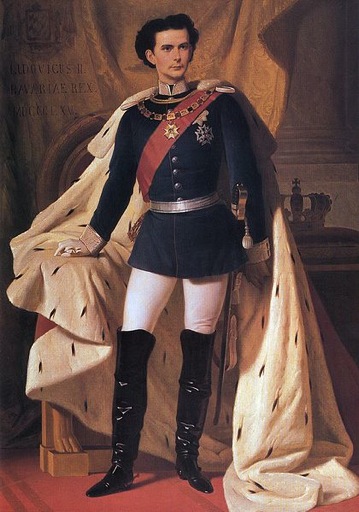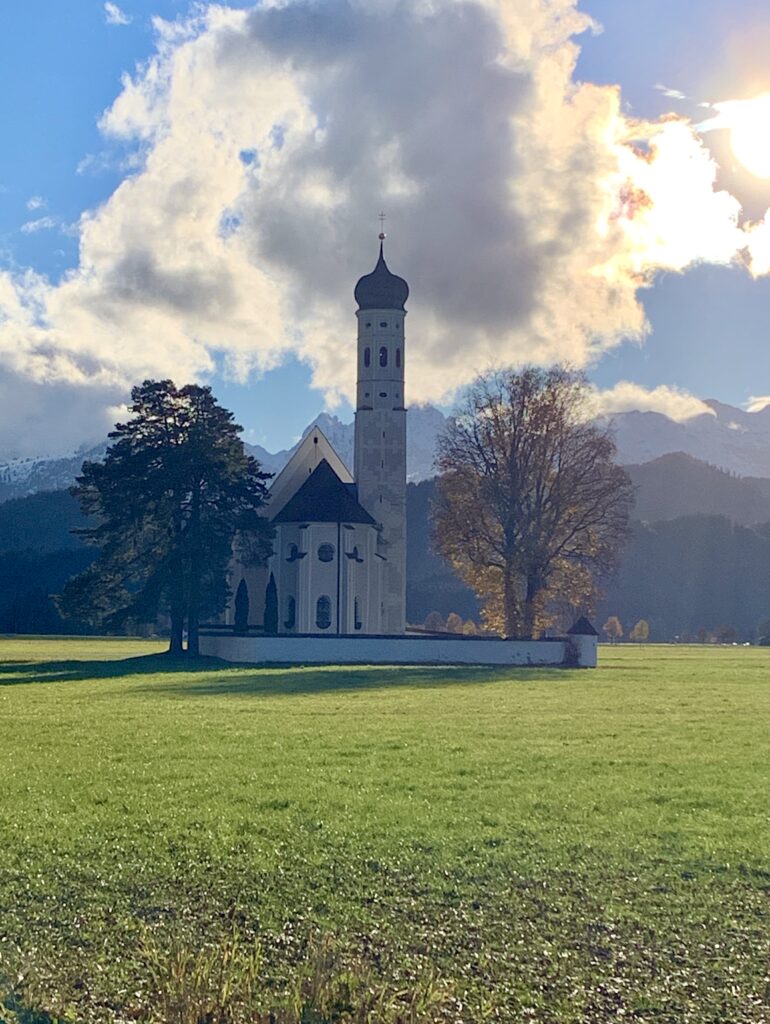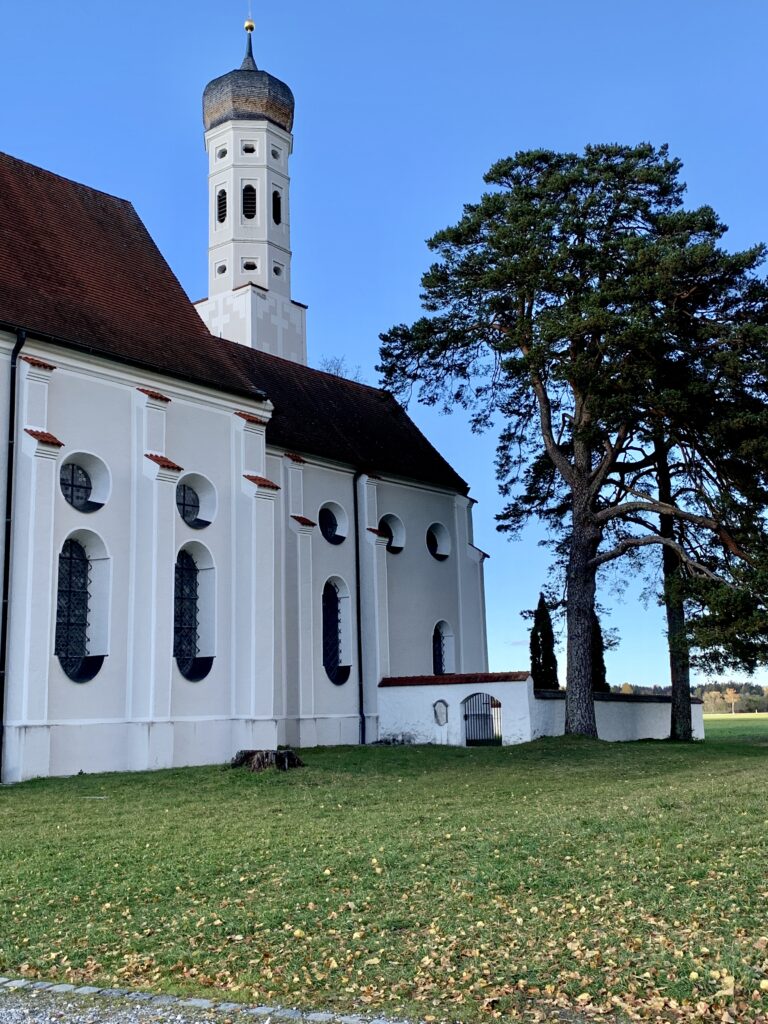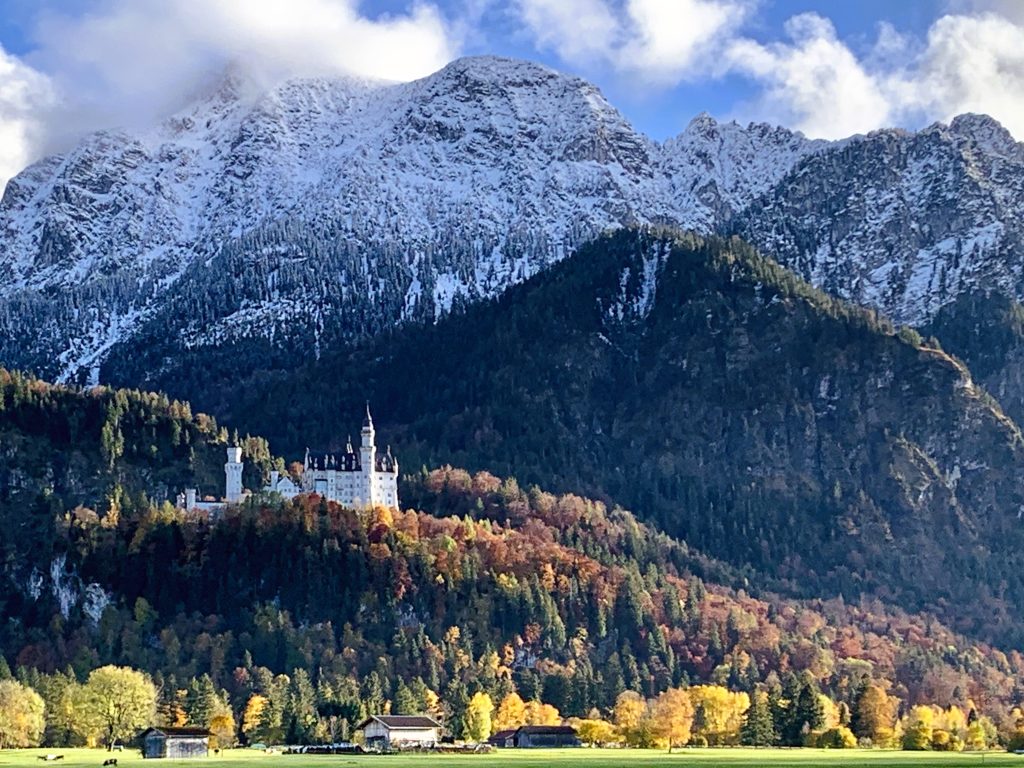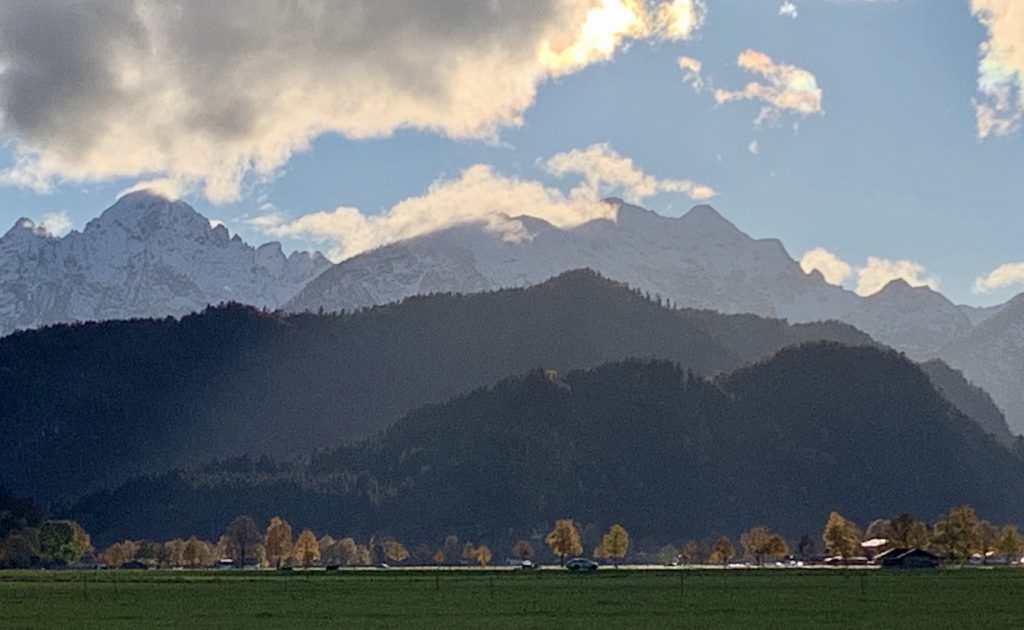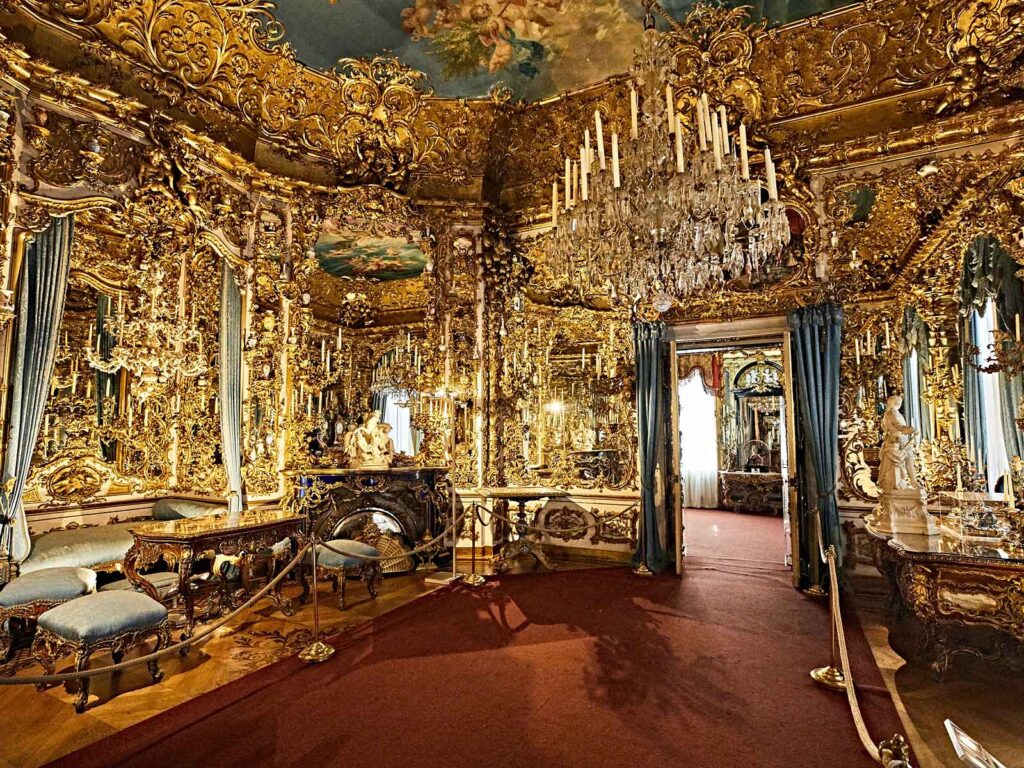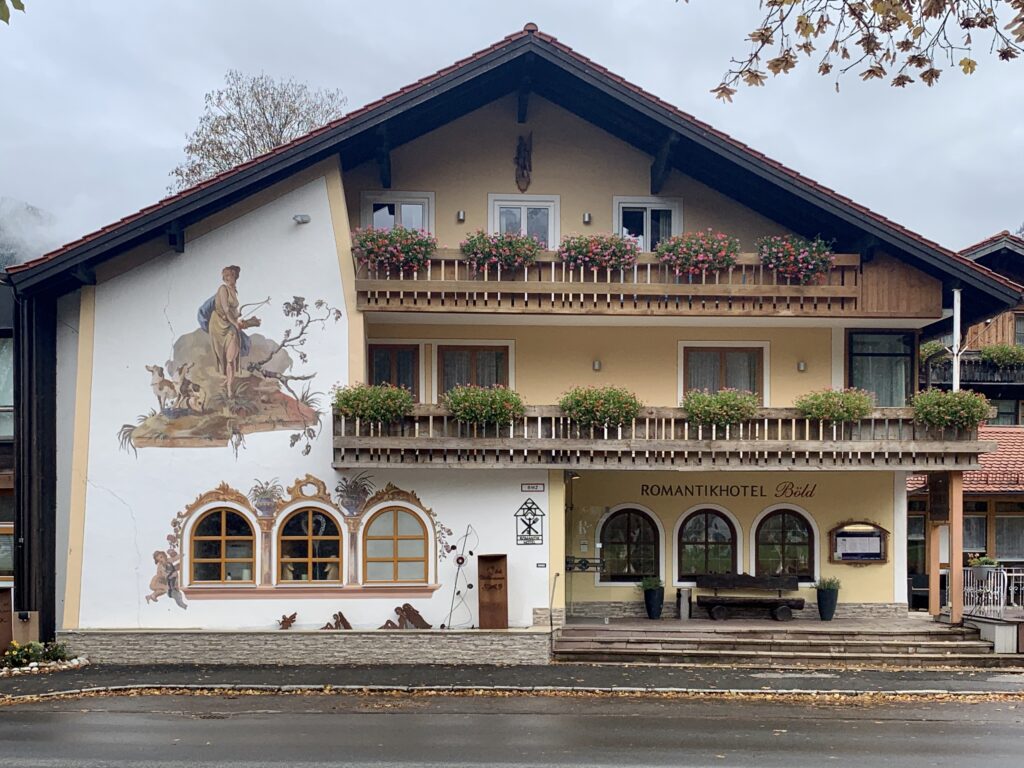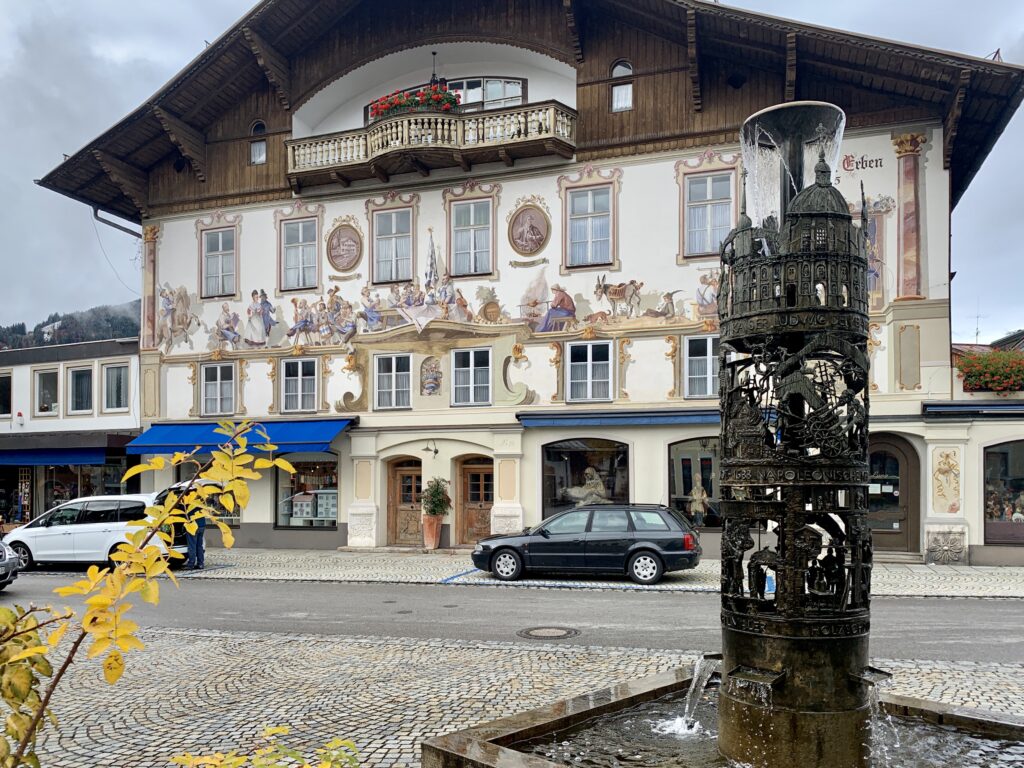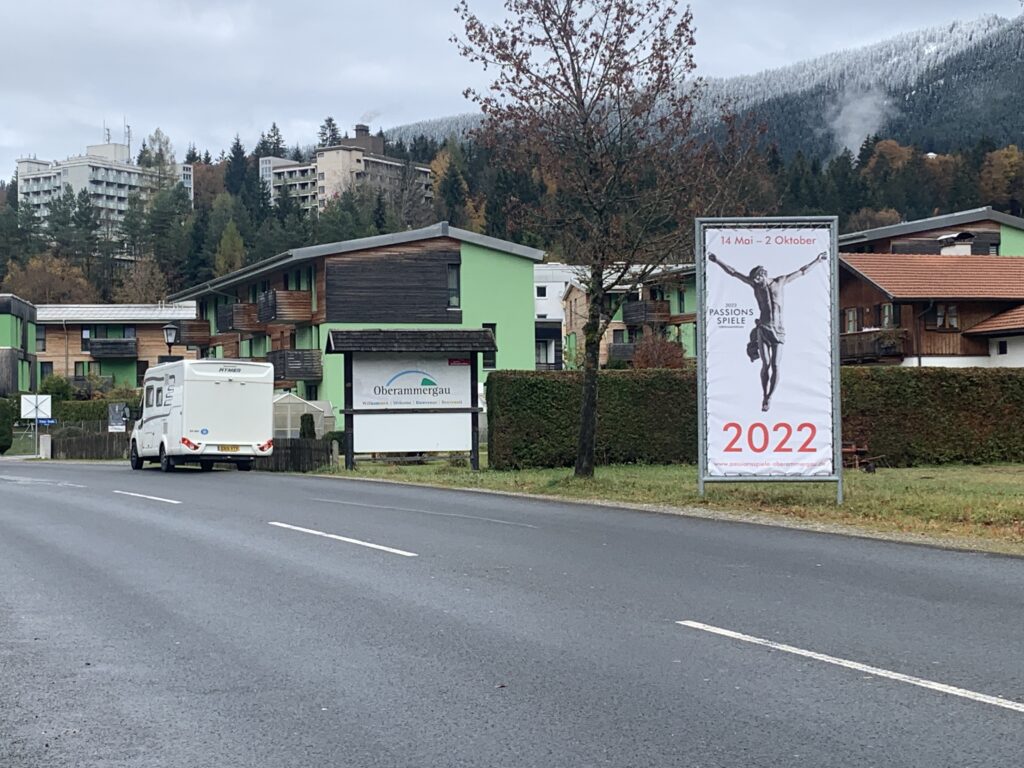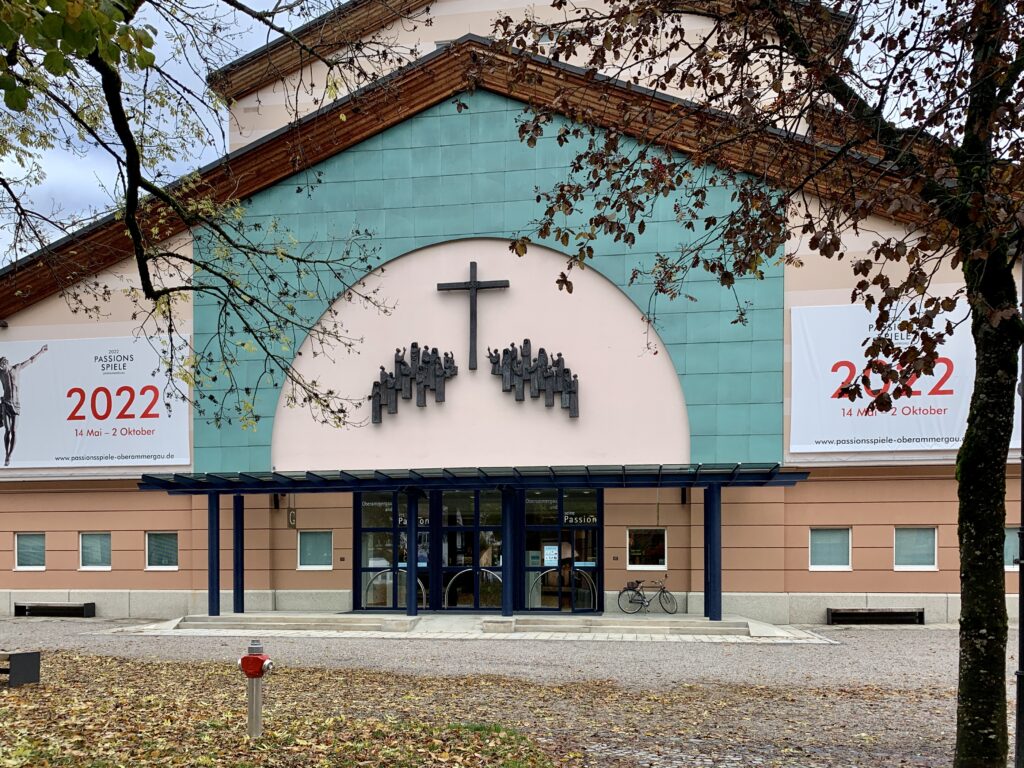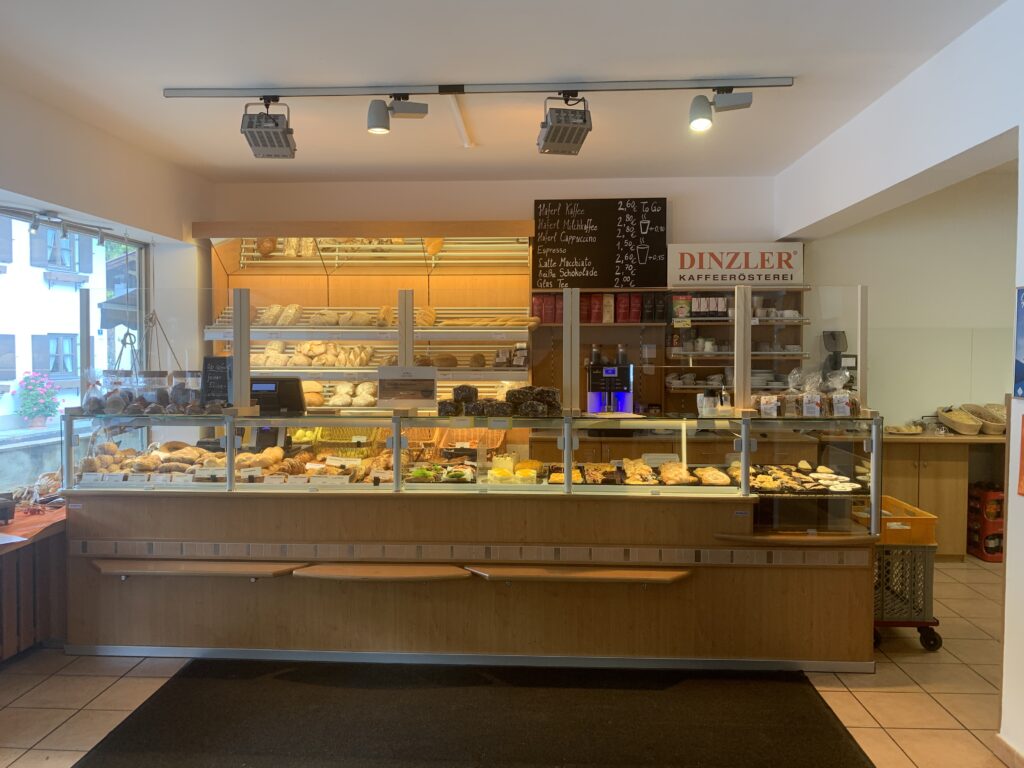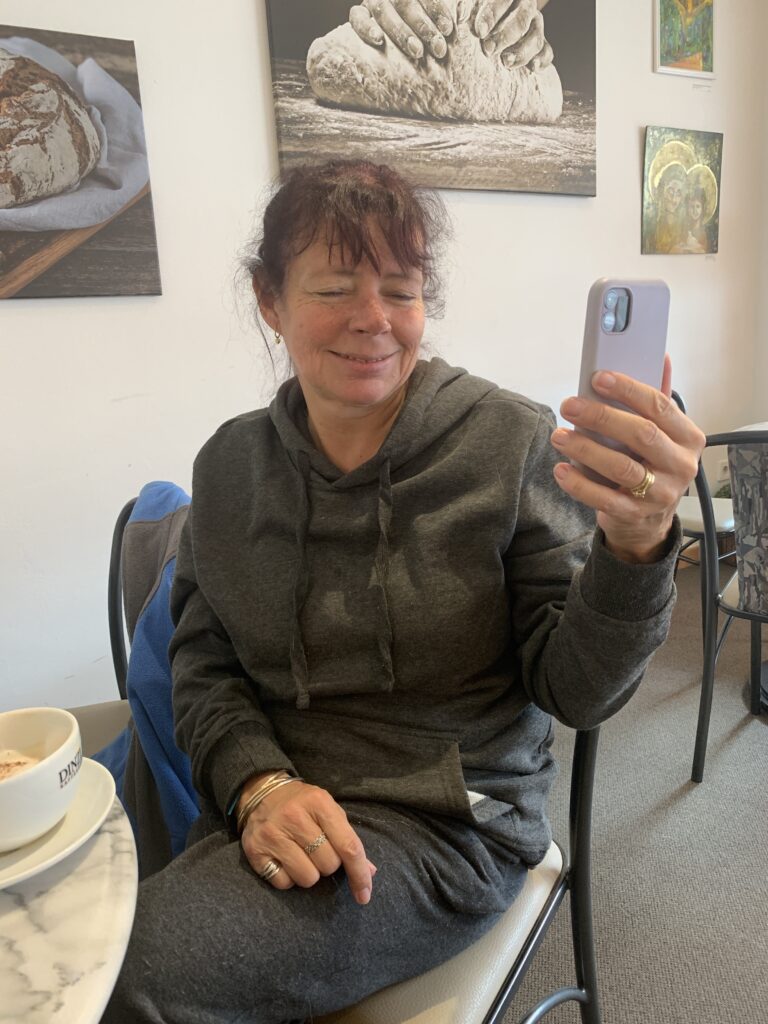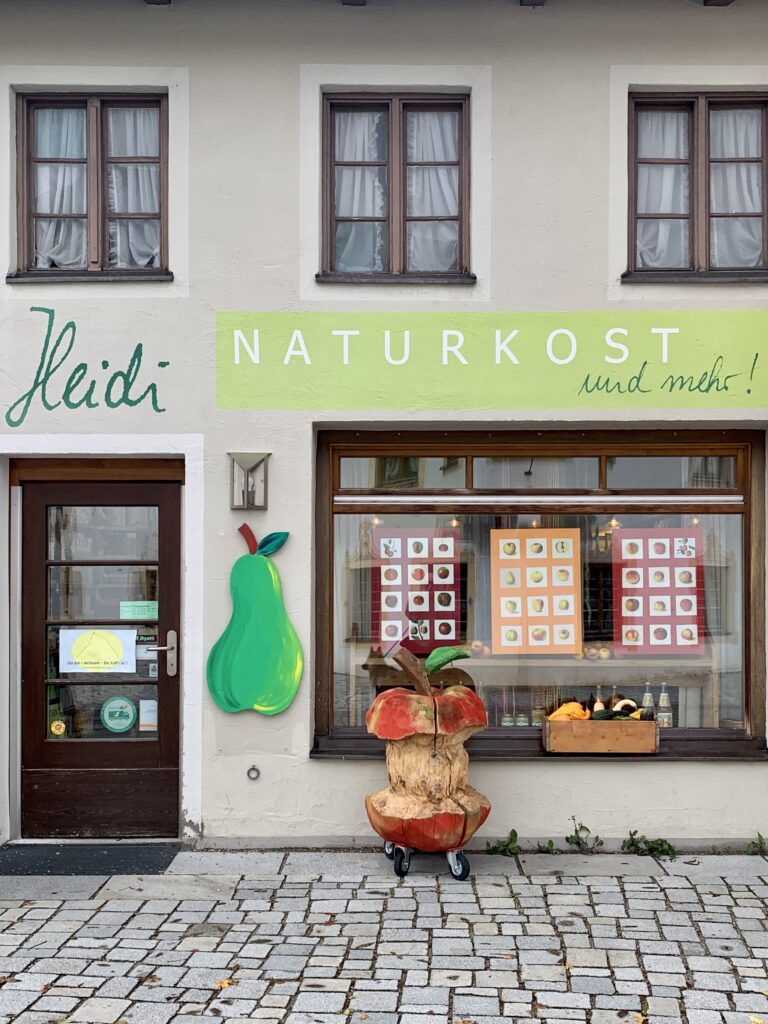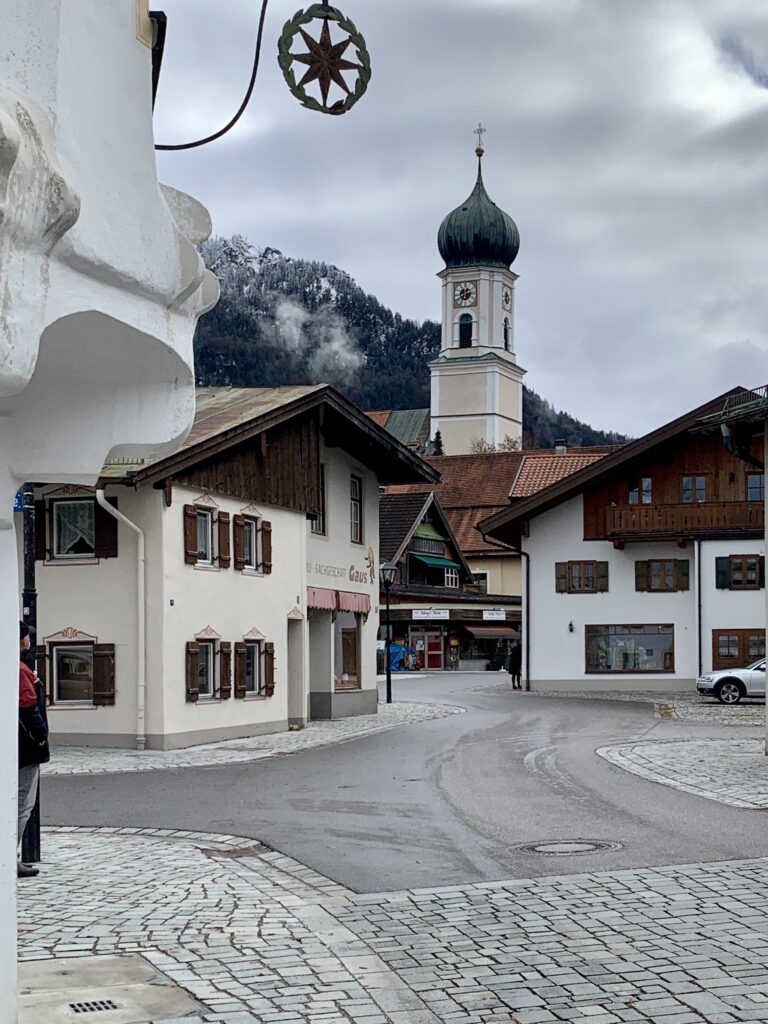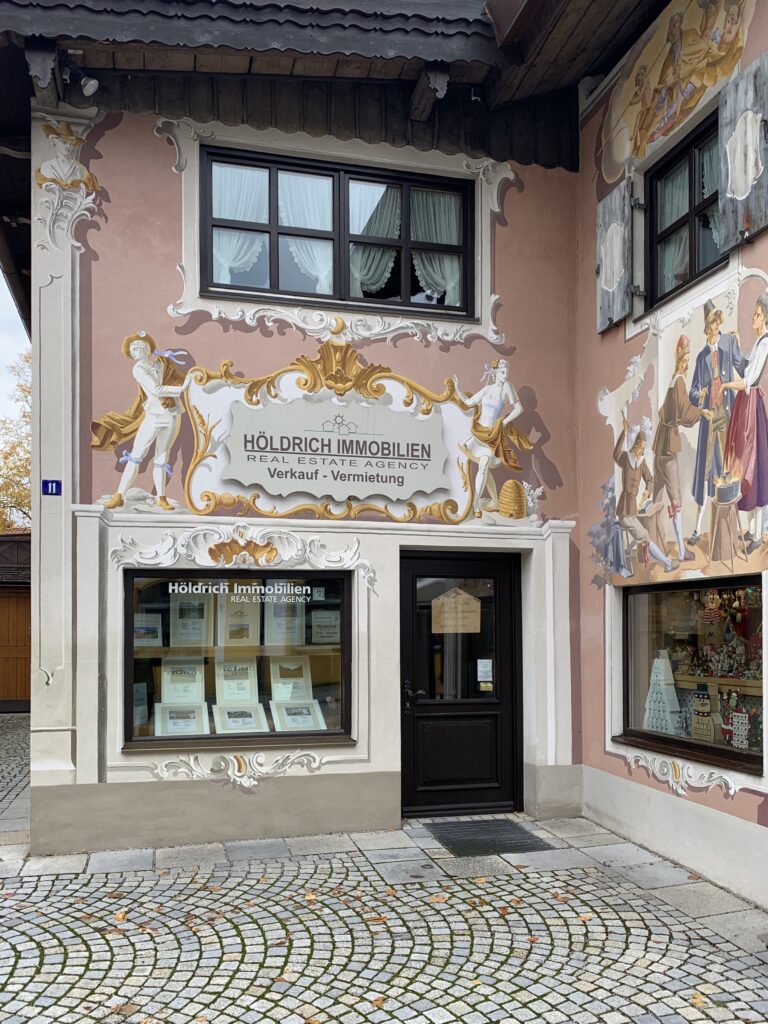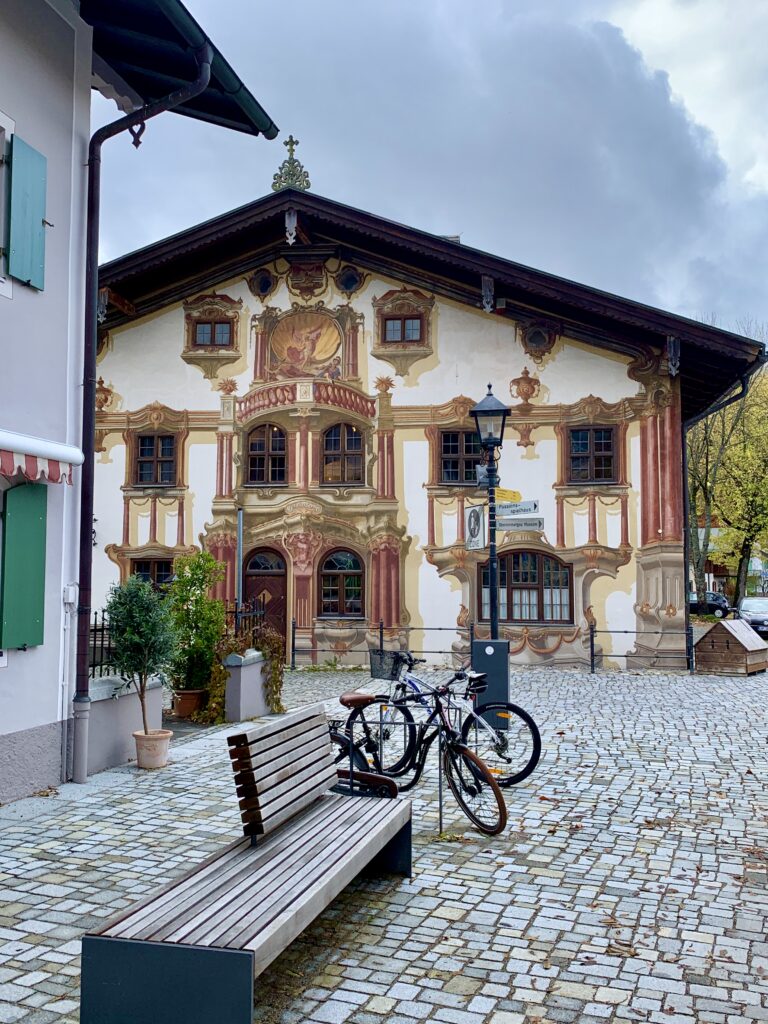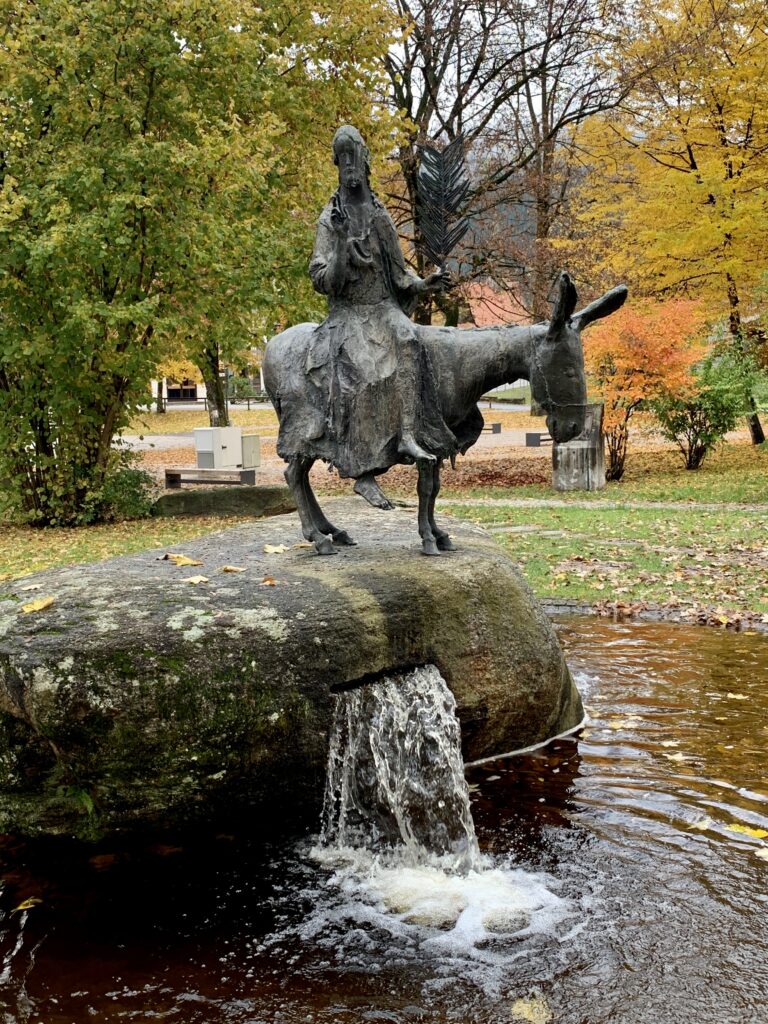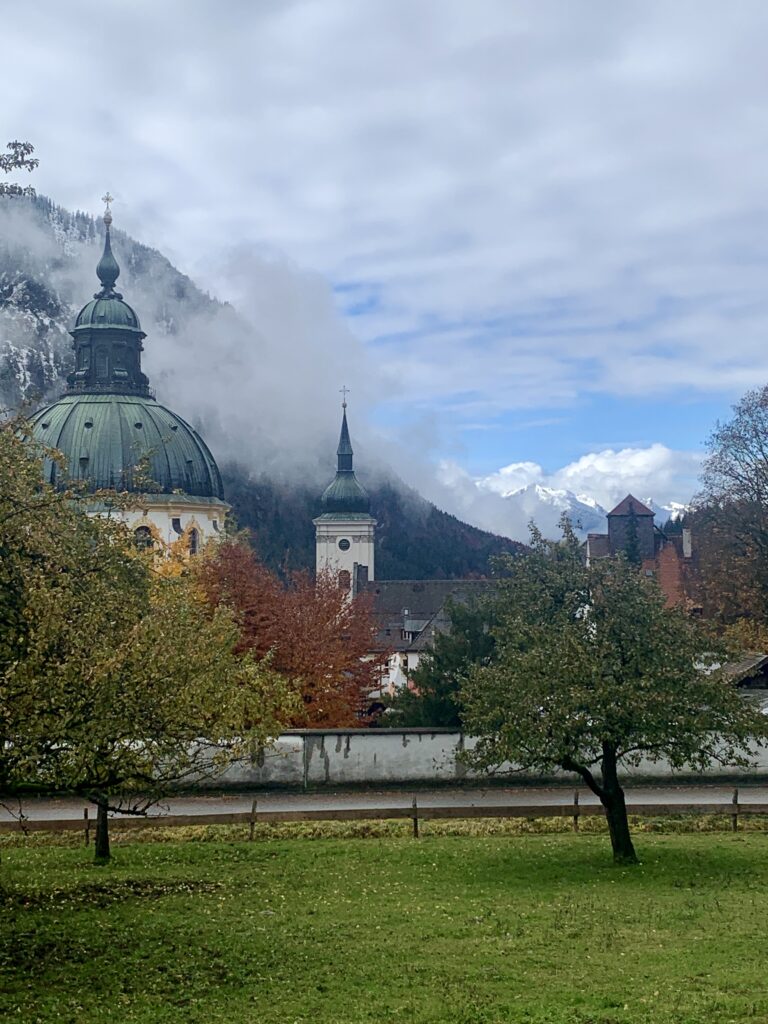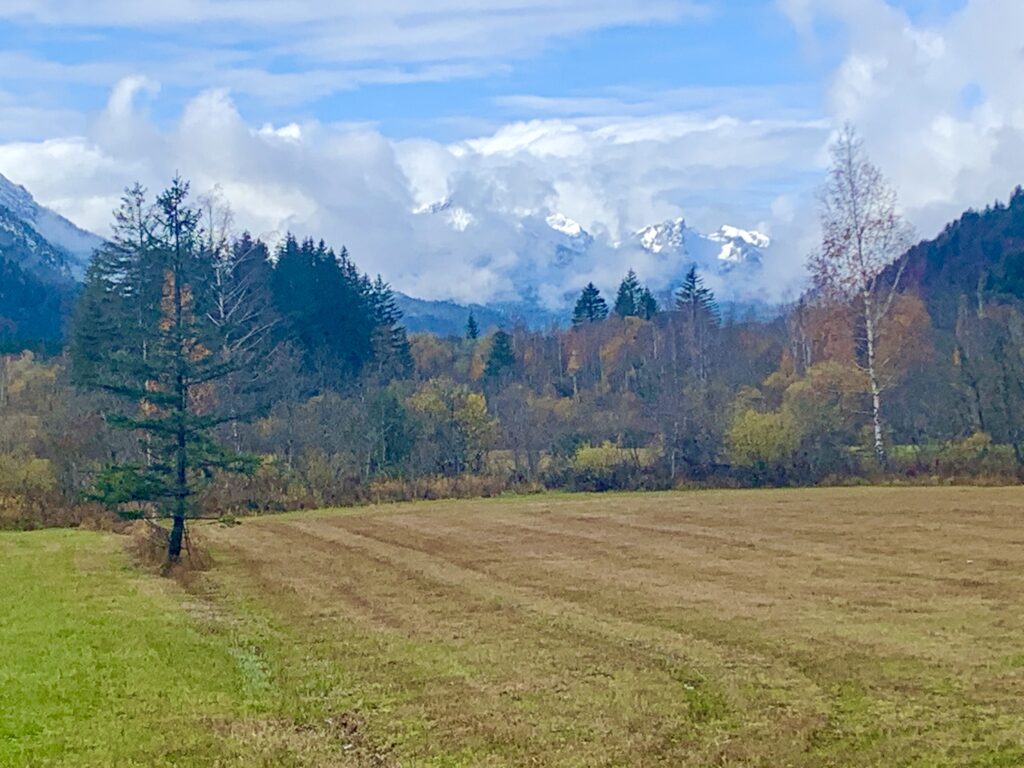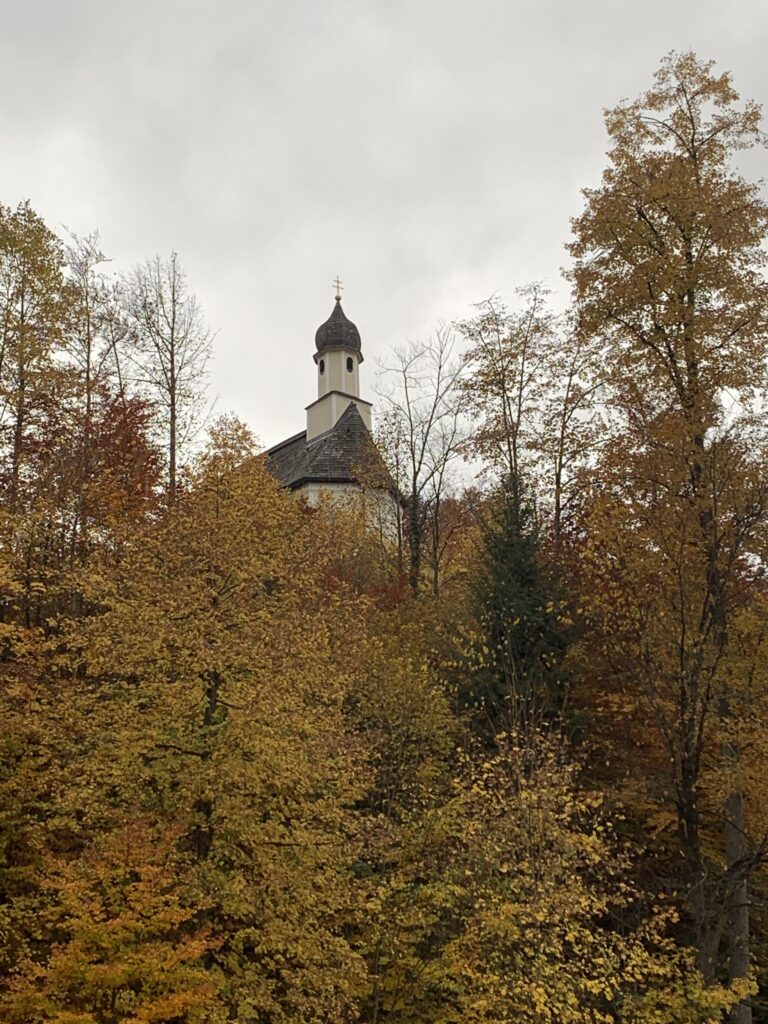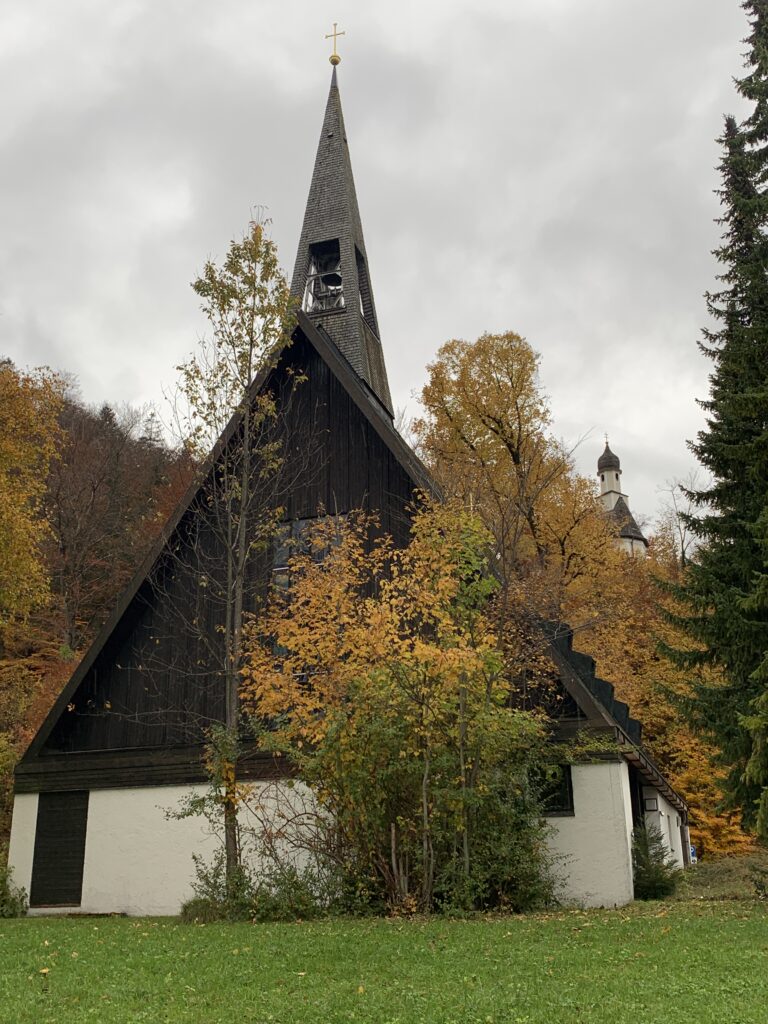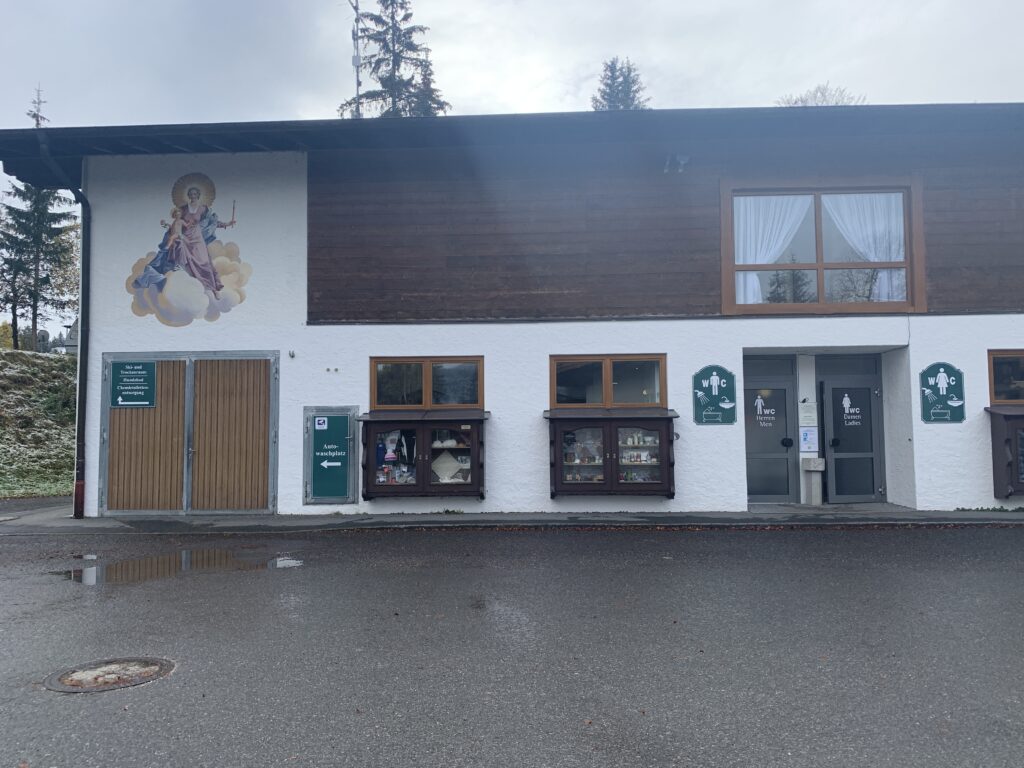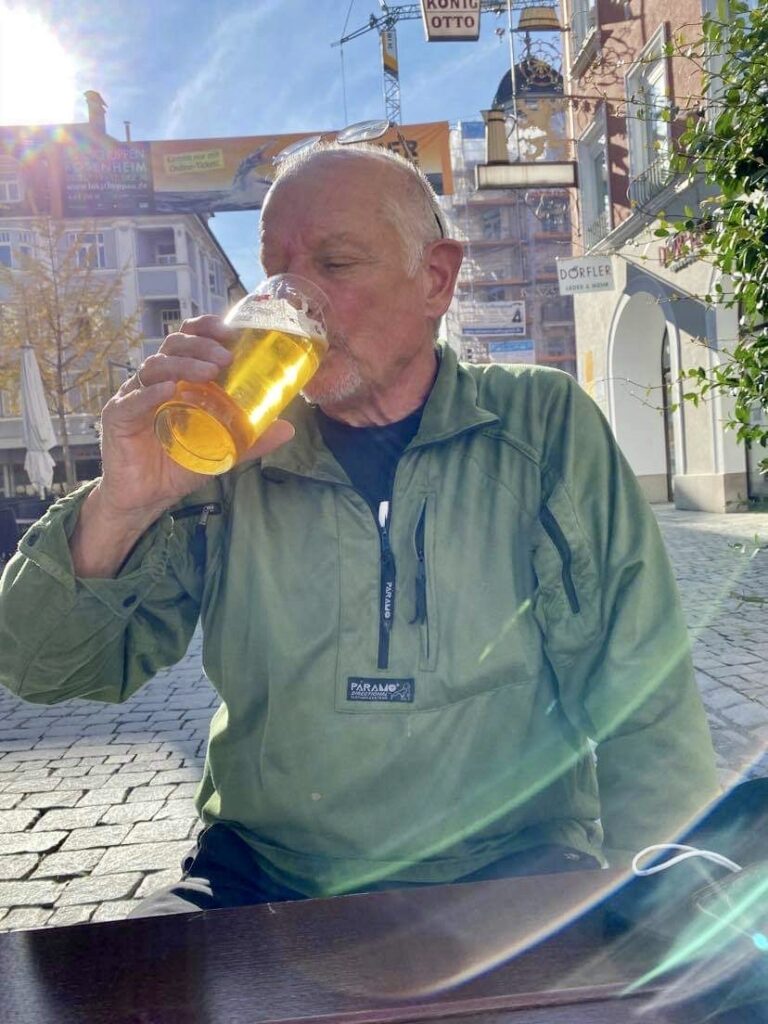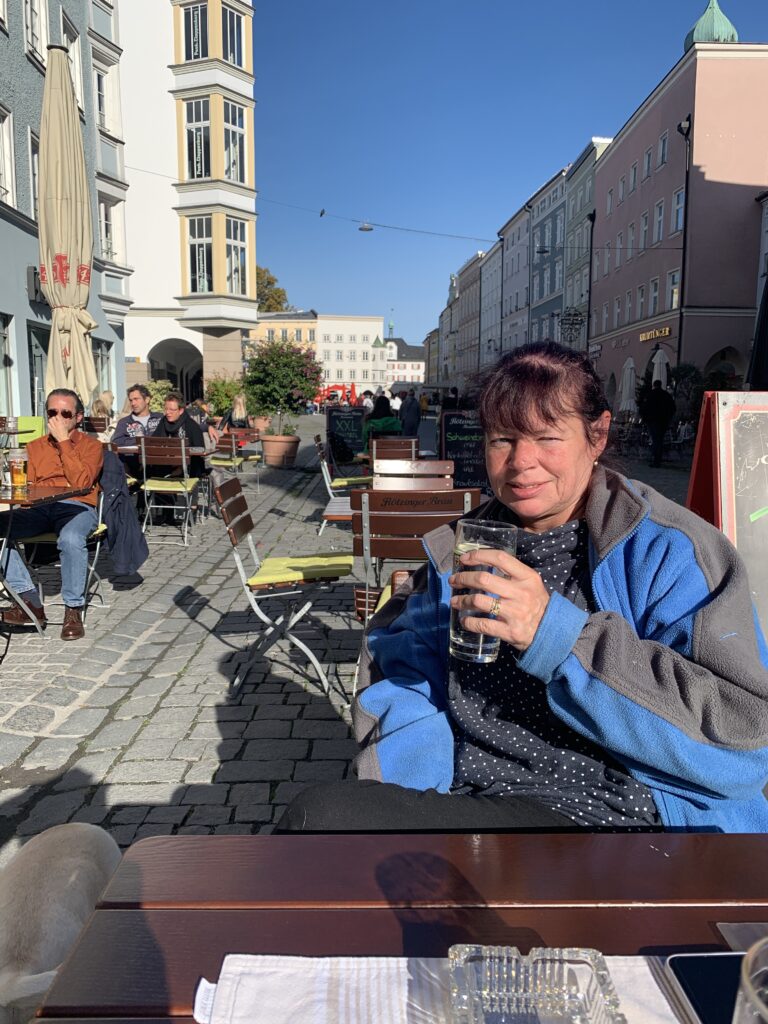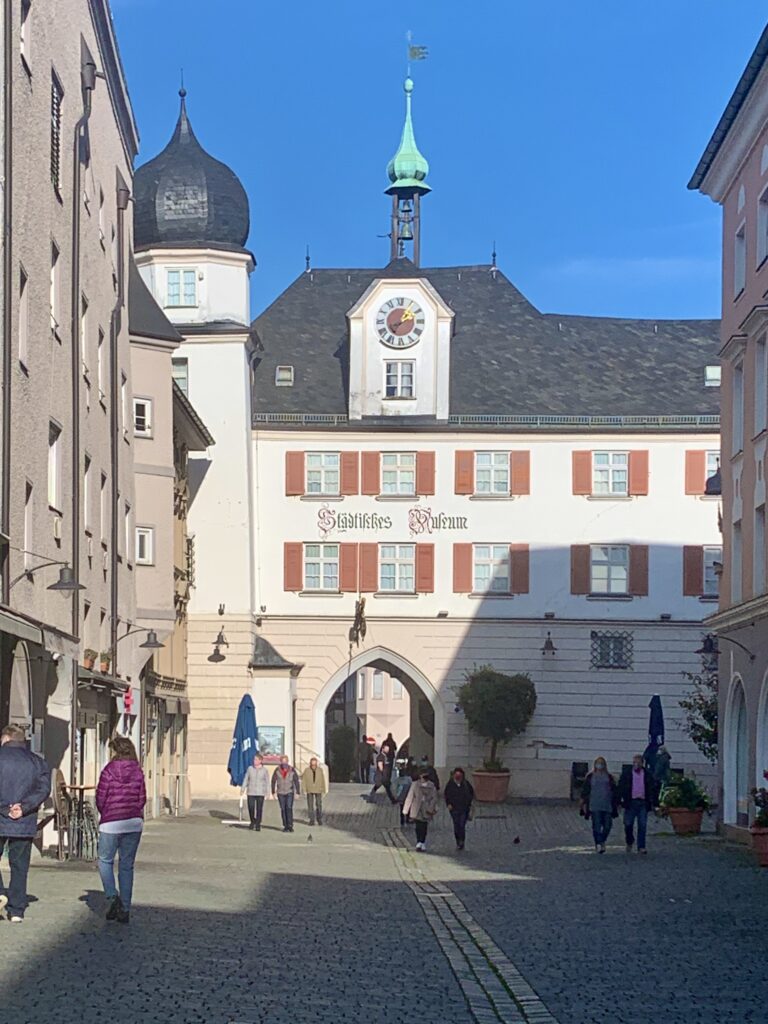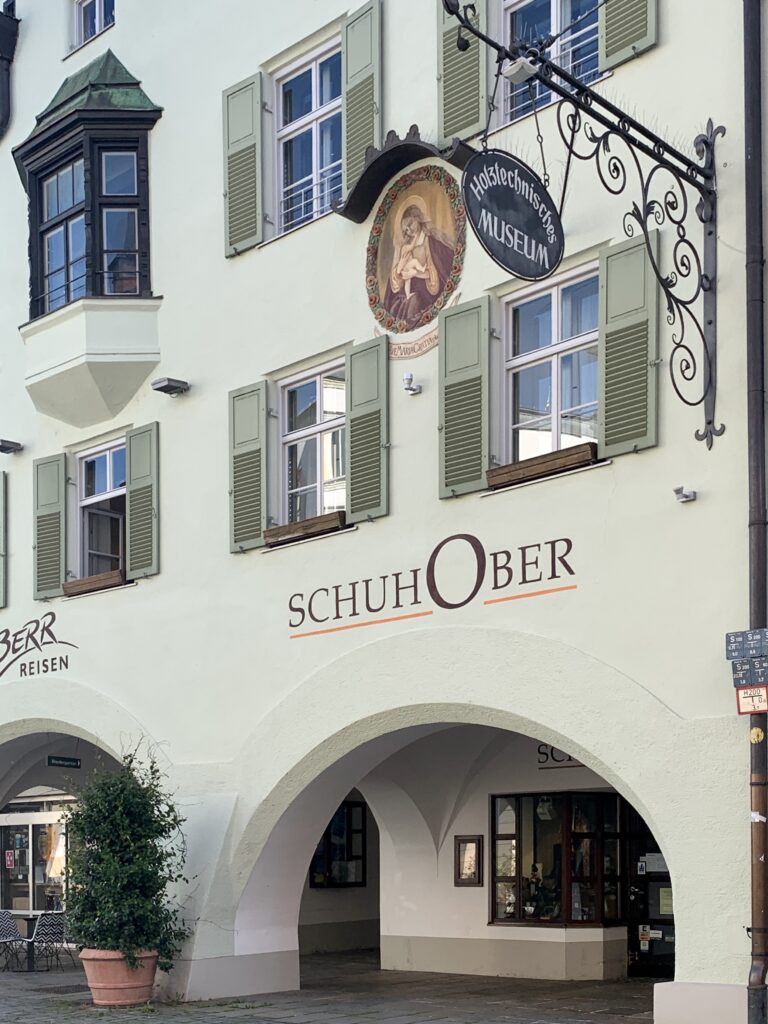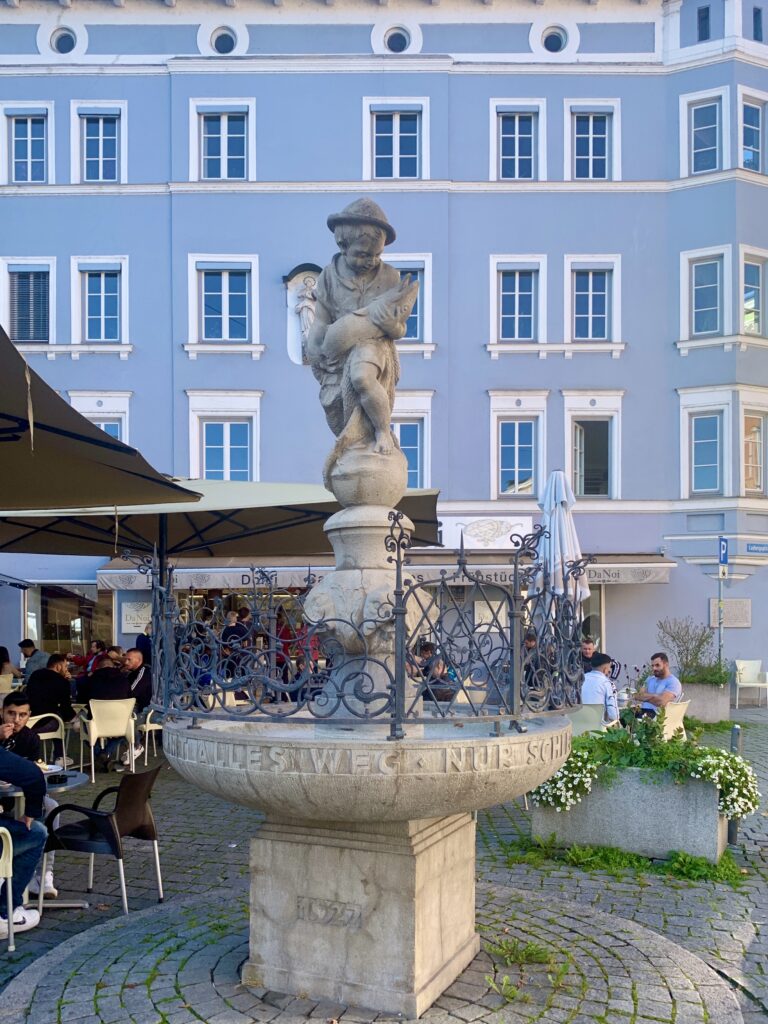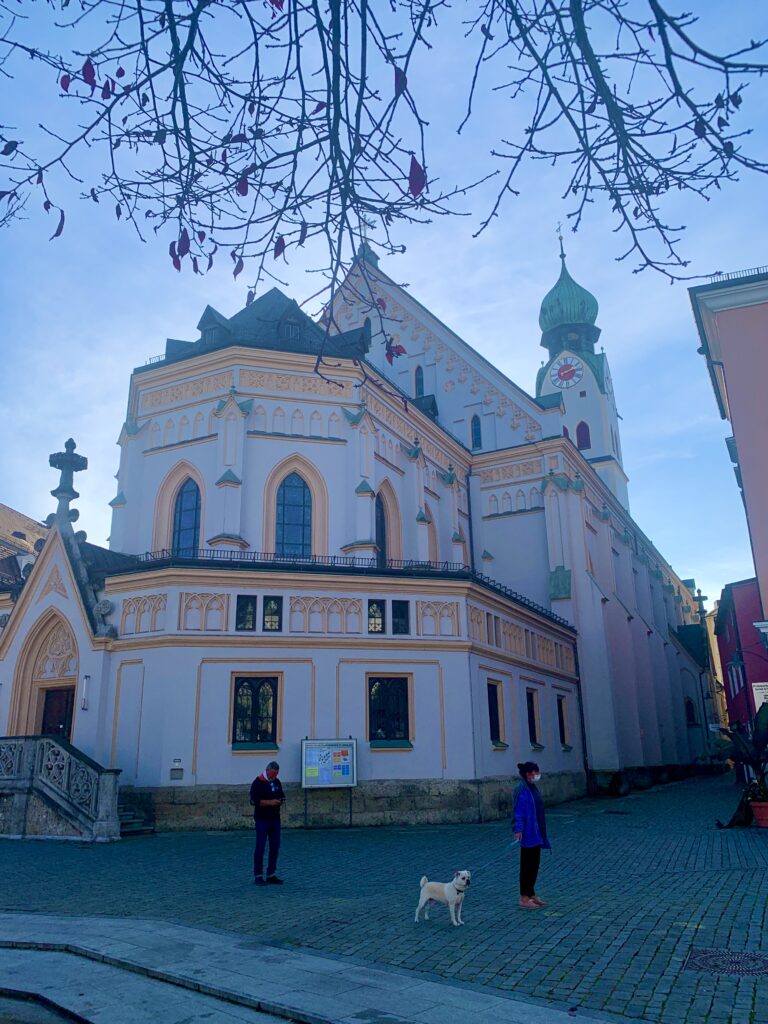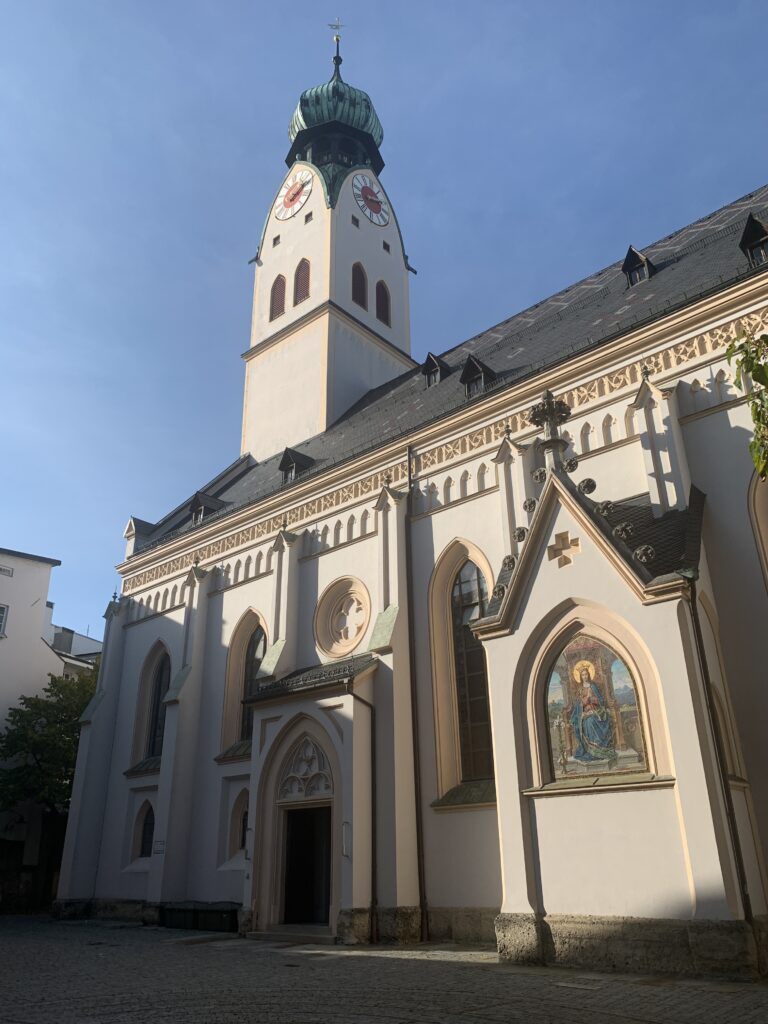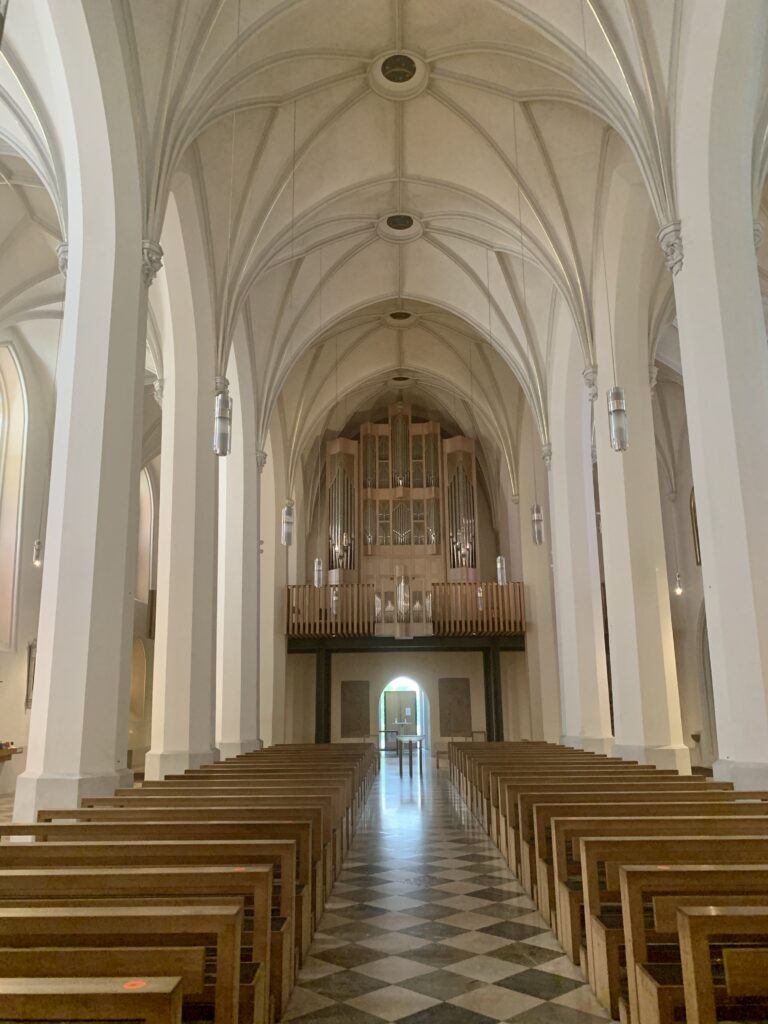It was time to leave Franconia and head for Austria. We were going to visit some good friends who live just to the south of Vienna and we’d promised to arrive within the next two days but; there was still time to see a little more of Germany and/or Austria on the way.
We started towards Eging am See for no other reason than that it is about a 3 hour drive closer to Austria. The route took us through the small market town of Altdorf and we paused there for brunch. Vanya and I thought Altdorf a quiet little town but pleasant enough for a short wander and we enjoyed a tasty brunch before continuing on our way to Eging Am See.
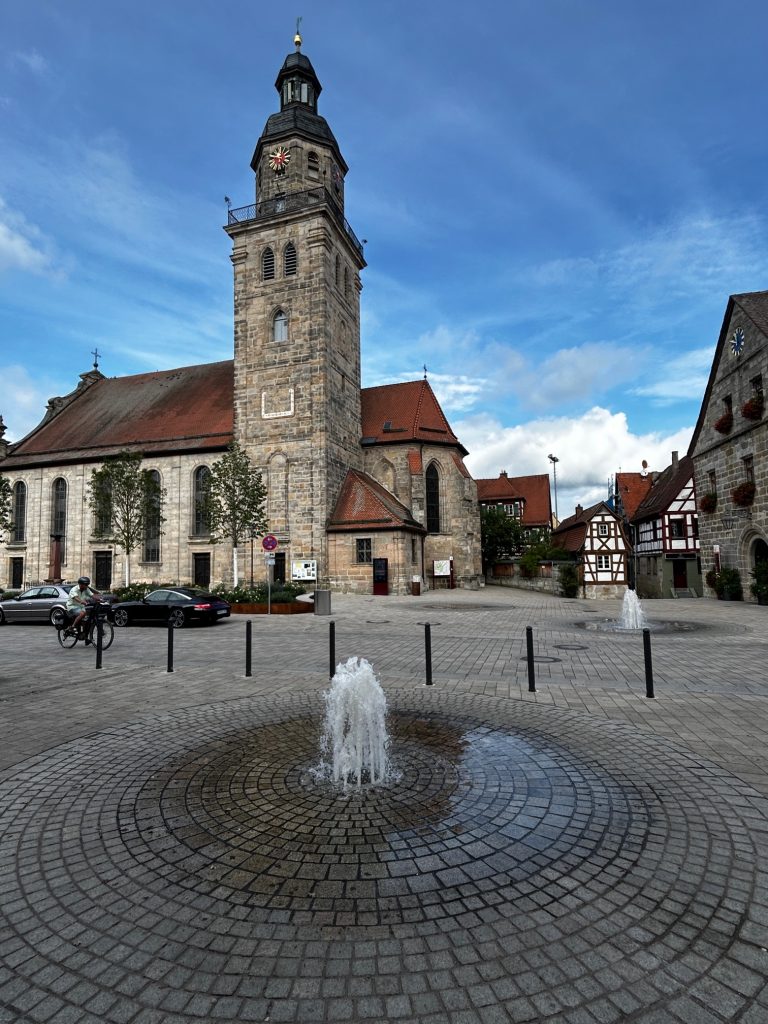


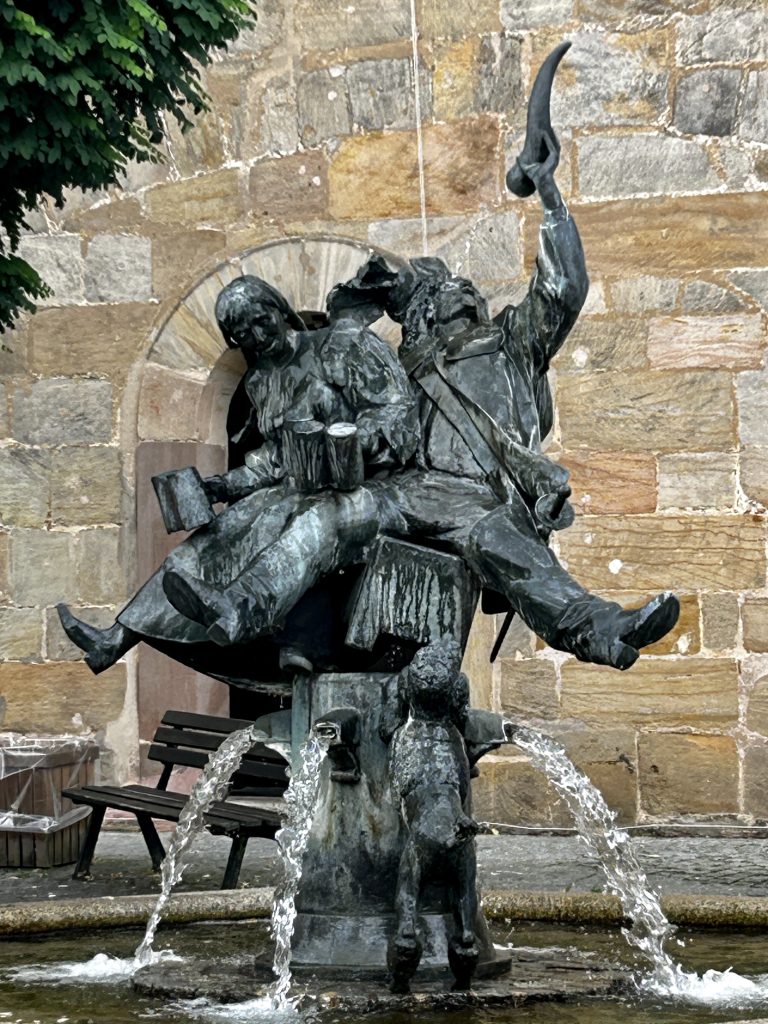
Eging am See proved to be disconcerting. Indeed, if there were to be a really menacing remake of the Stepford Wives I think it would have be set here.
I set off into the town from our camp site and arrived first at what looked like a brand new church (Saint Agidius). The front of the church was boarded up; awaiting a new door, I thought. Other buildings in the immediate area also looked brand new. The town hall, the tourist office, a couple of apartment blocks were all built of the same materials as the church and all were as yet unfurnished and unoccupied. The thing which struck me as most odd was that all of the headstones in the adjoining graveyard (many of them dating back over a hundred years) were also brand new. The WWI and WWII war memorials also looked newly built.
I subsequently discovered that the church and churchyard were being given a total facelift but, I didn’t know this as I made my way through the town park to the lake to check out the large spa facility and gardens and; that’s where things got really weird.
The local park with it’s ‘Garden of Sinne’ (Garden of the Senses) is located between the spa facility (the Sonnen Therme) and Lake Eginger. It contains a number of interesting and very unusual granite rock exhibits which provide different perspectives of the park and the lake. They are part of the spa complex and ordinarily I would have thought this a pleasant place to wander but there was something else. There were no people about. Indeed, I had not seen more than one or two since setting off to the town. Strange or what, given the time of the day and the fine weather?
And then… just as I entered the park, air raid sirens started wailing (from somewhere in the woods I think) and dogs all over the town began barking. Disconcerting? It was wholly unnerving.

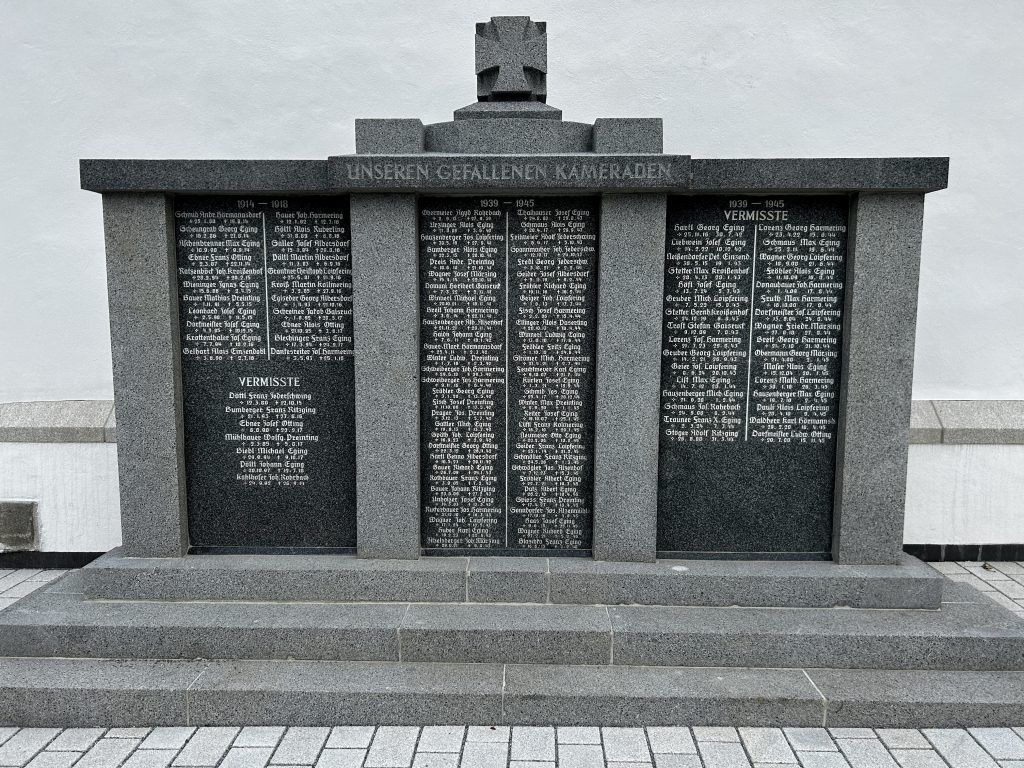

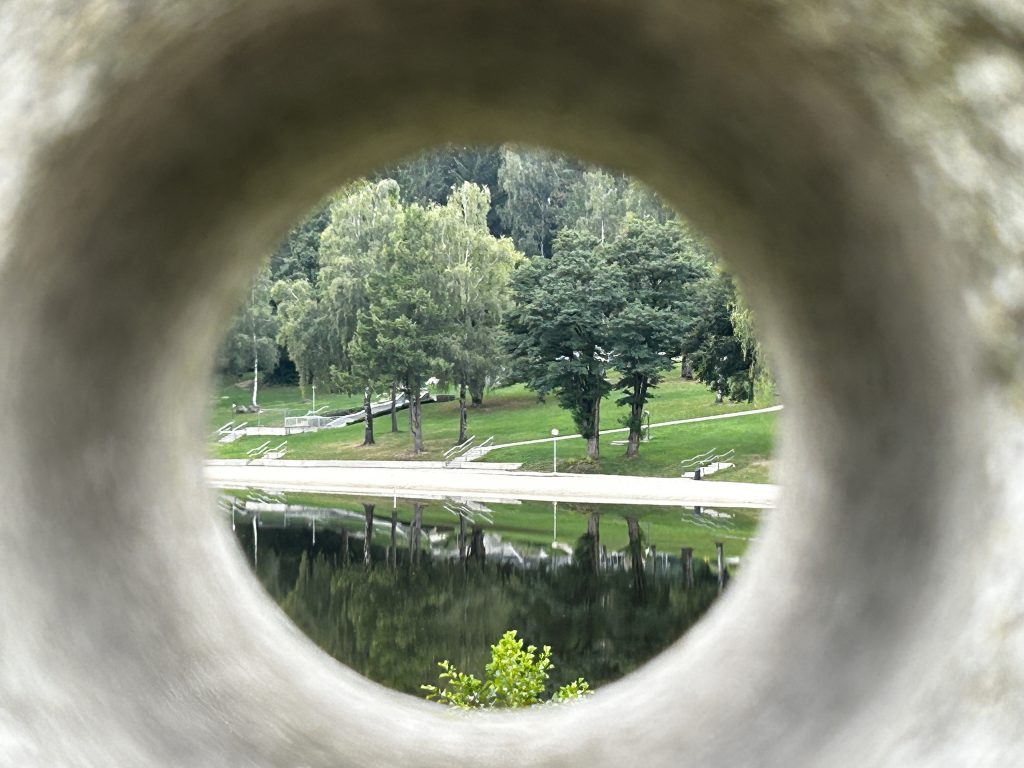
There follows some photos I downloaded from the town website of the park and, in particular, of some of the granite exhibits.


It occured to me the next day that the air raid sirens were part of a civil defence exercise. Putin has been threatening to drag Western Europe deeper into his war with the Ukraine and just before we left the UK the British Government trialled an early warning alert using cell phones. Germany are doing much the same but using air raid sirens.
Time to move on into Austria.

